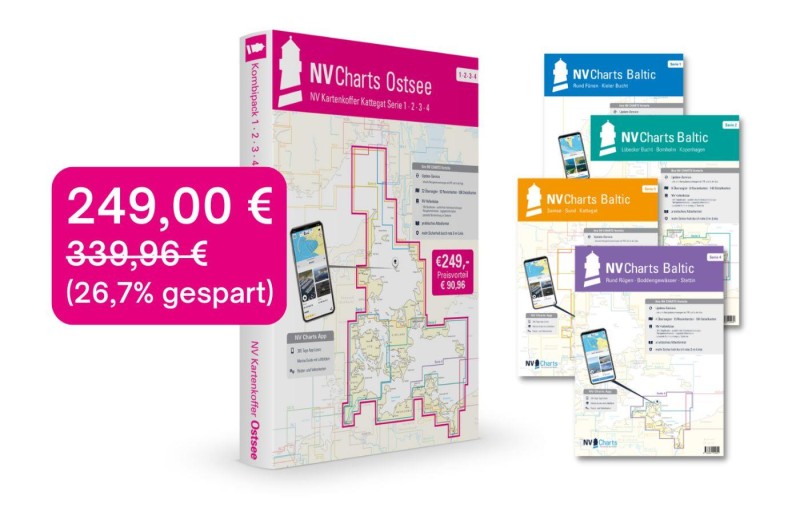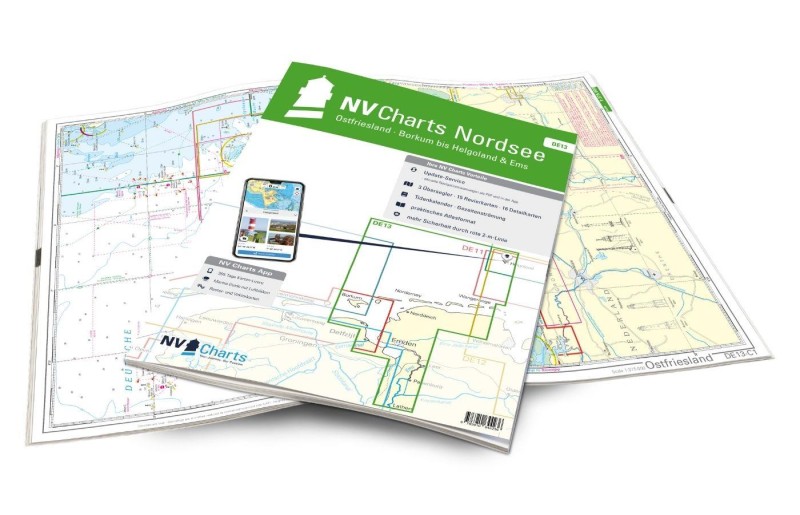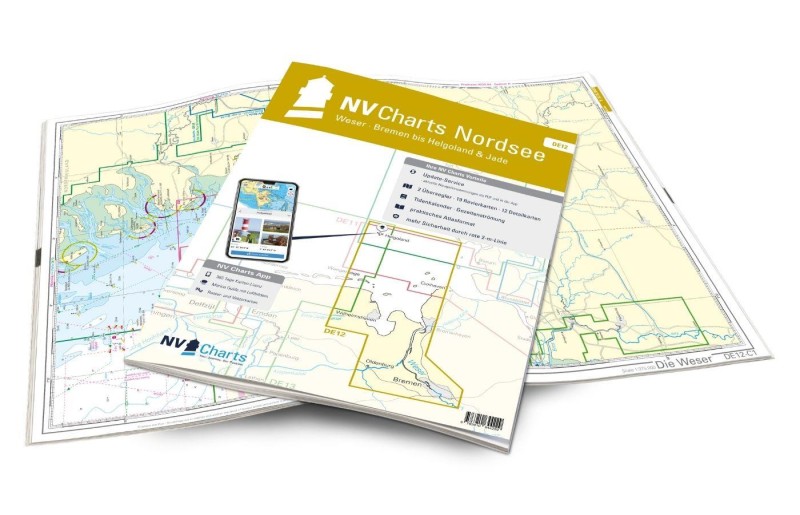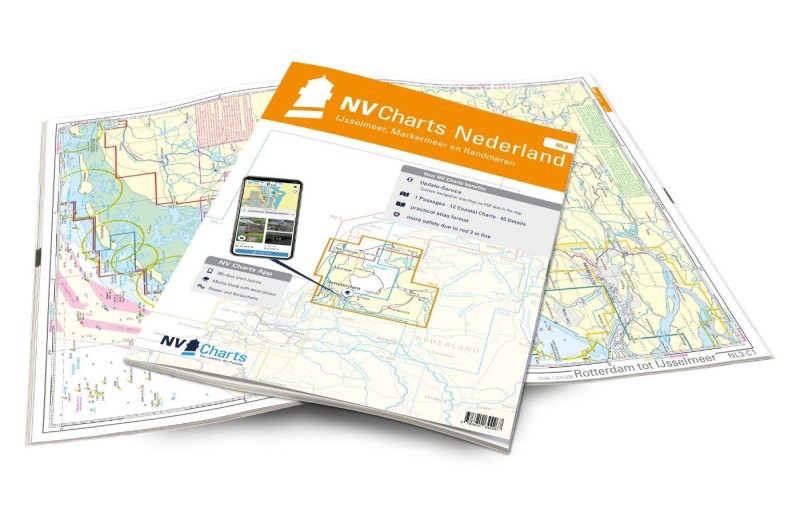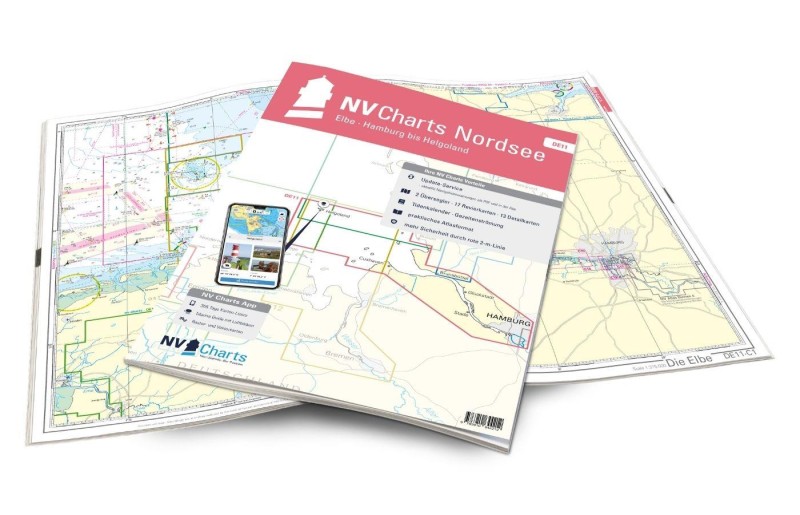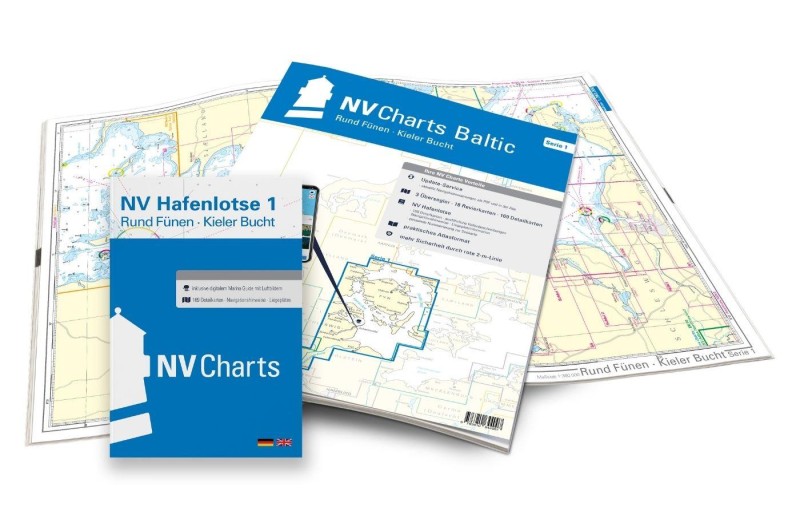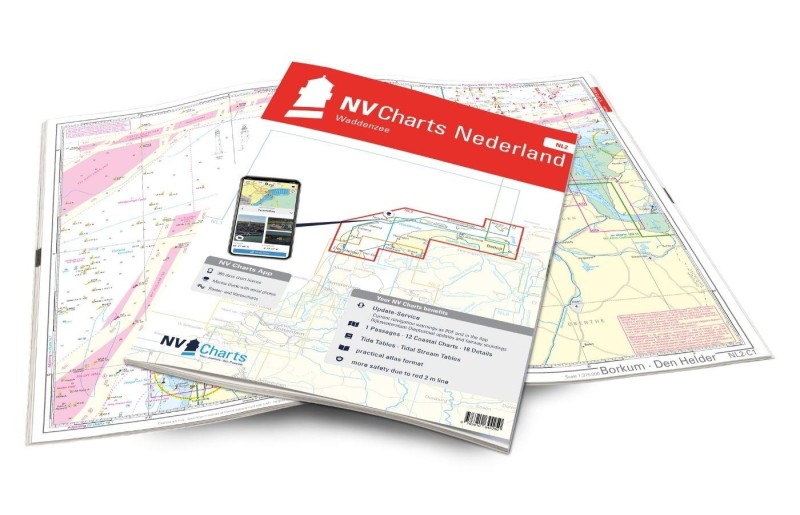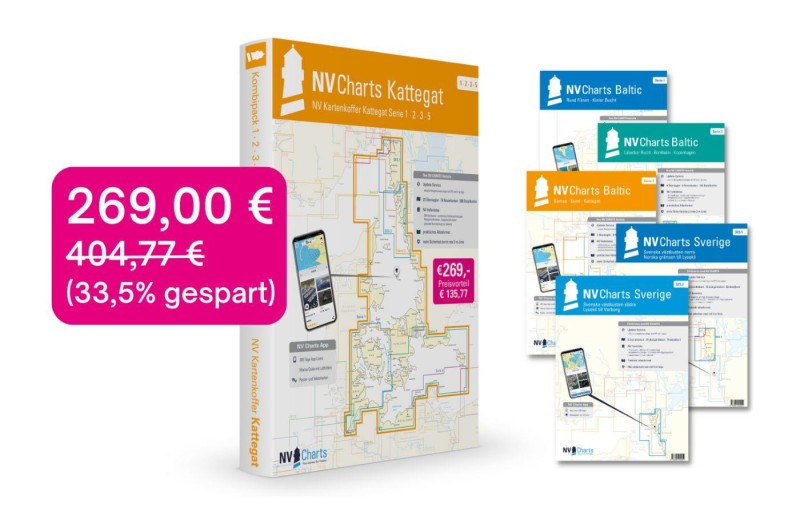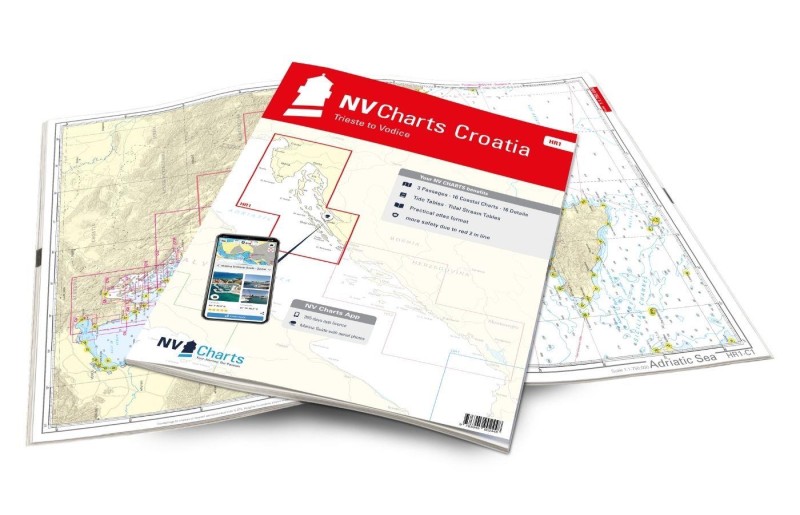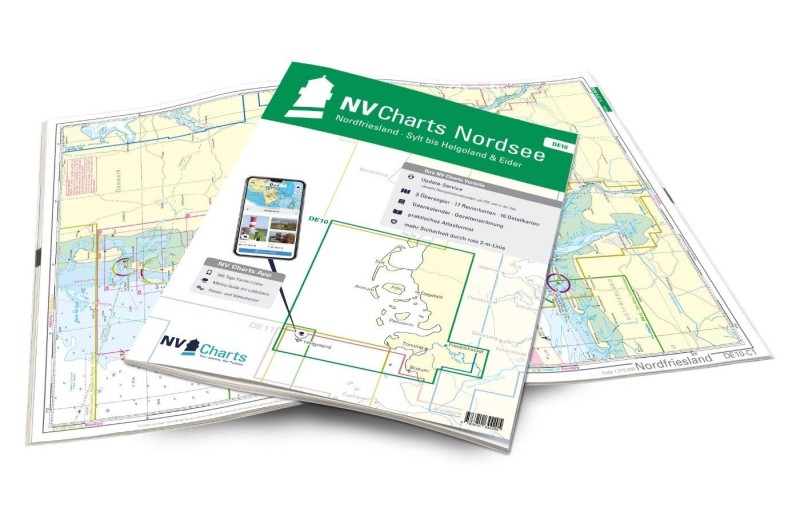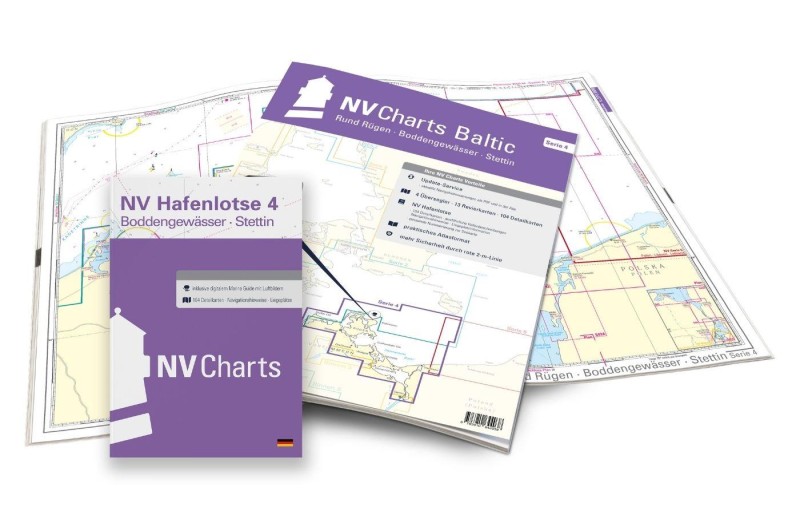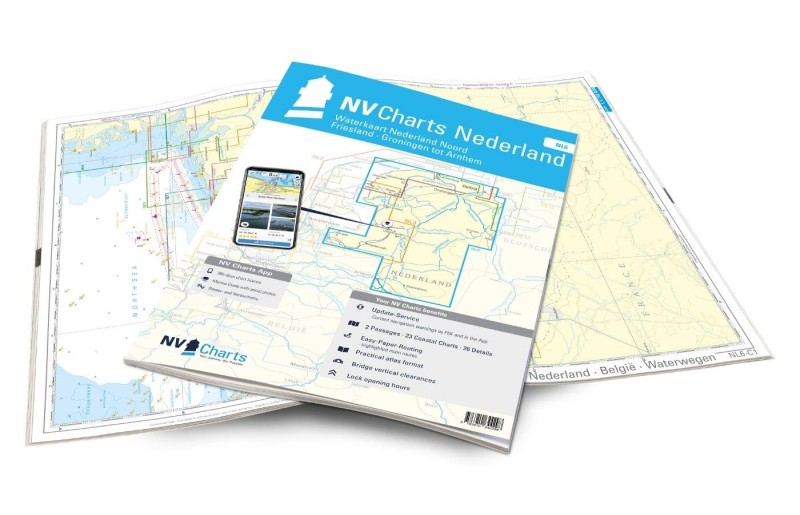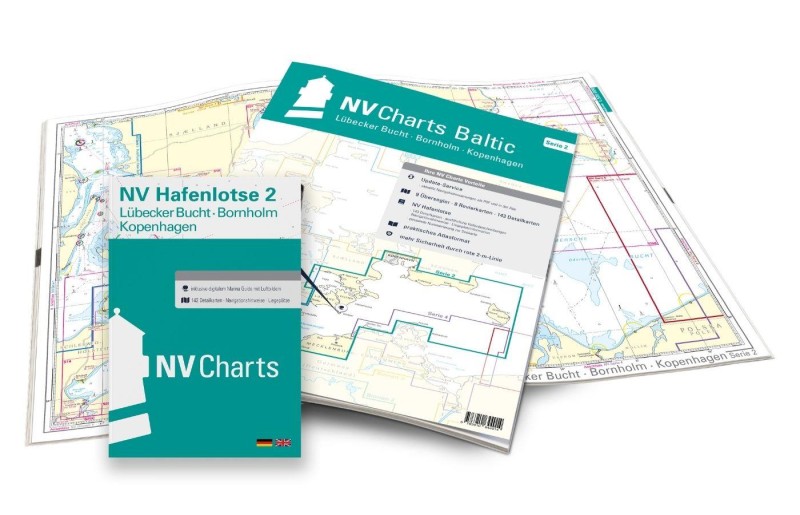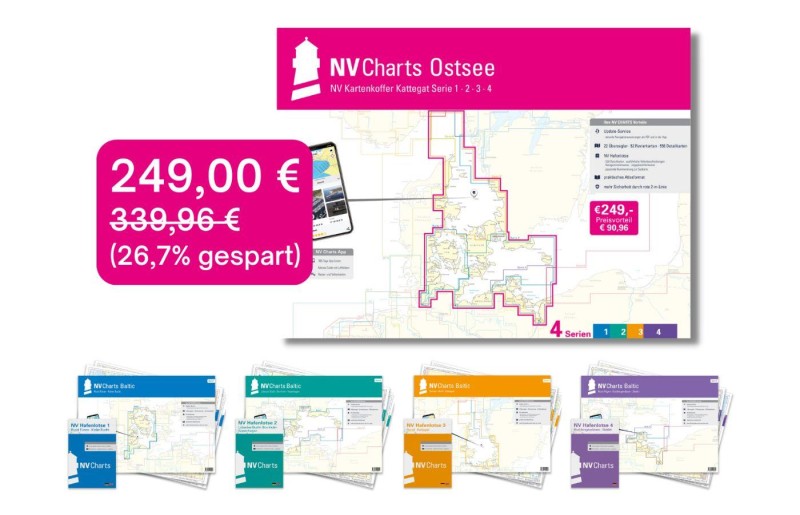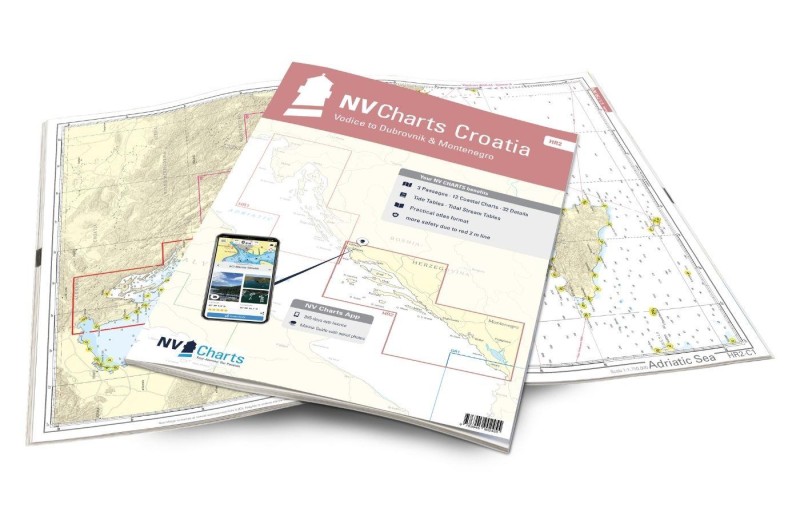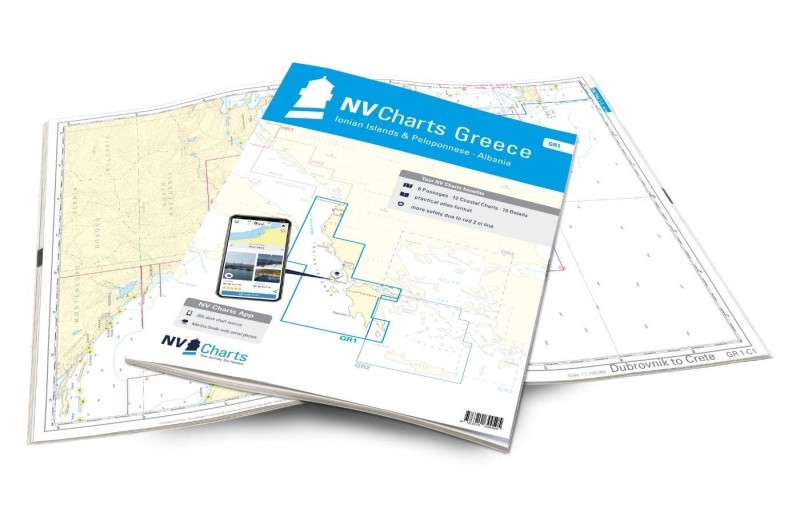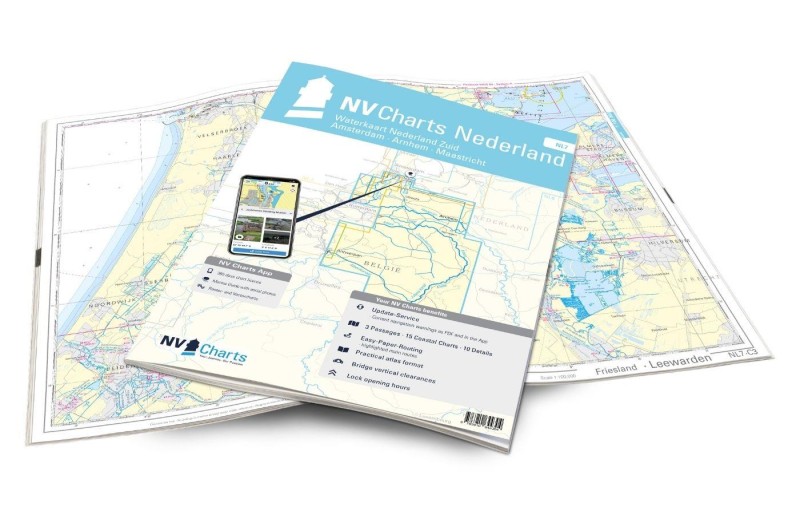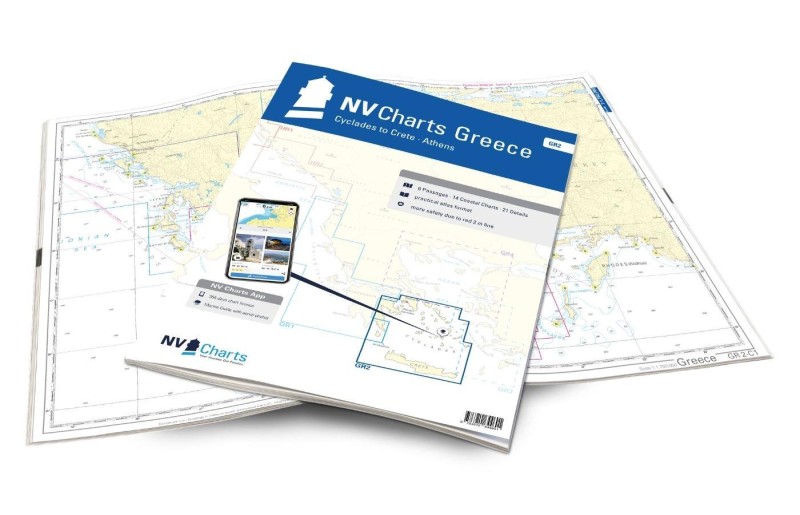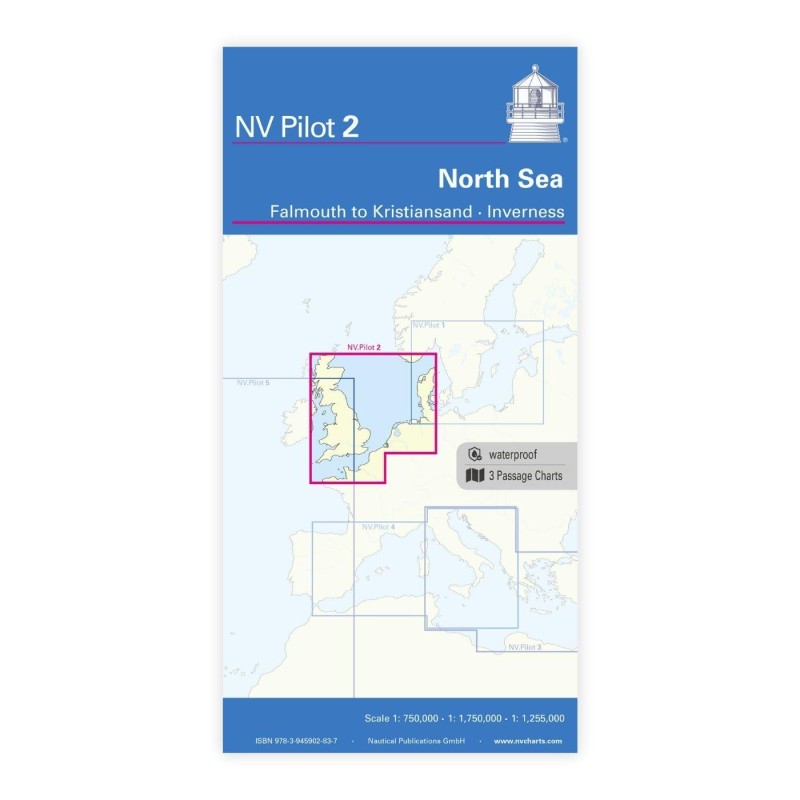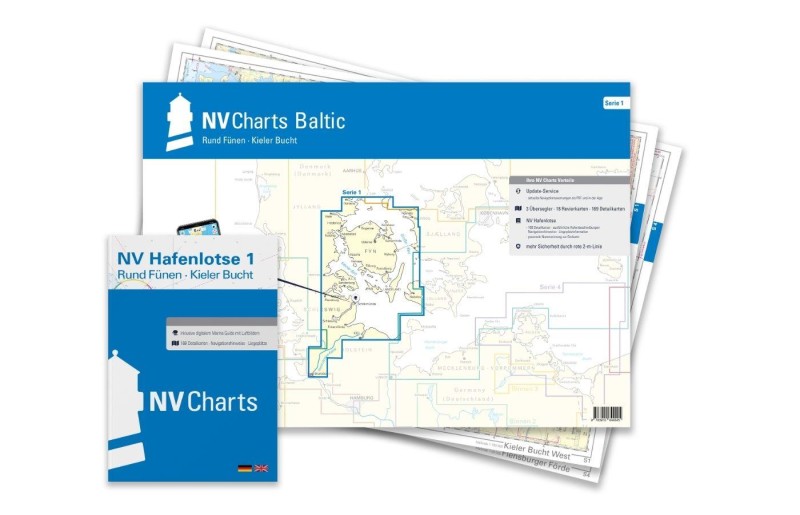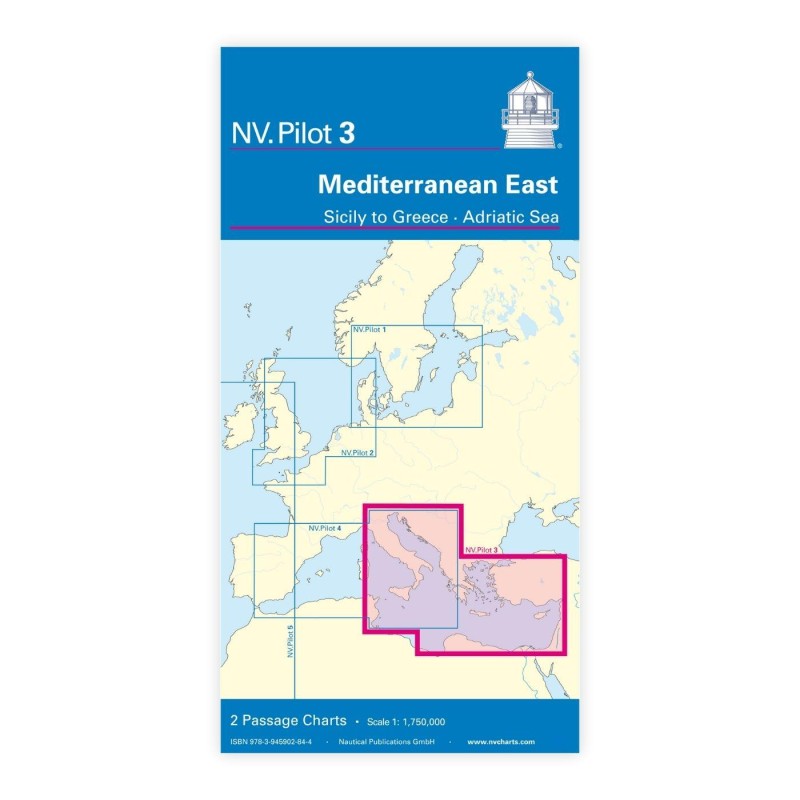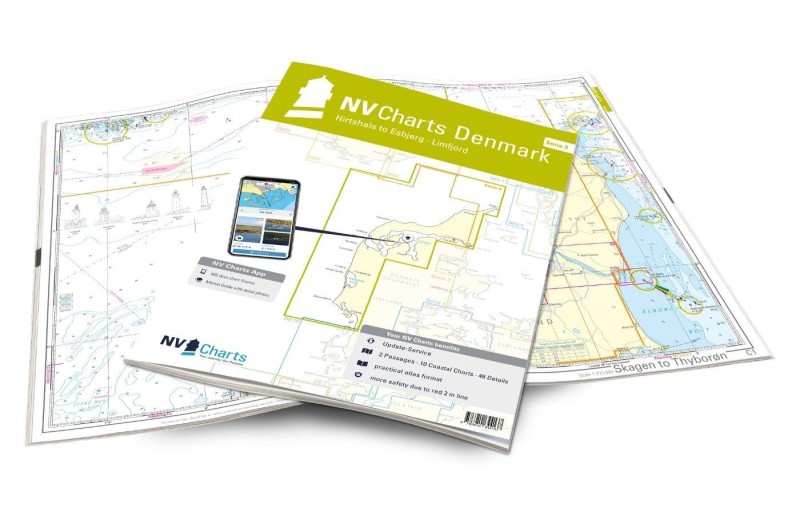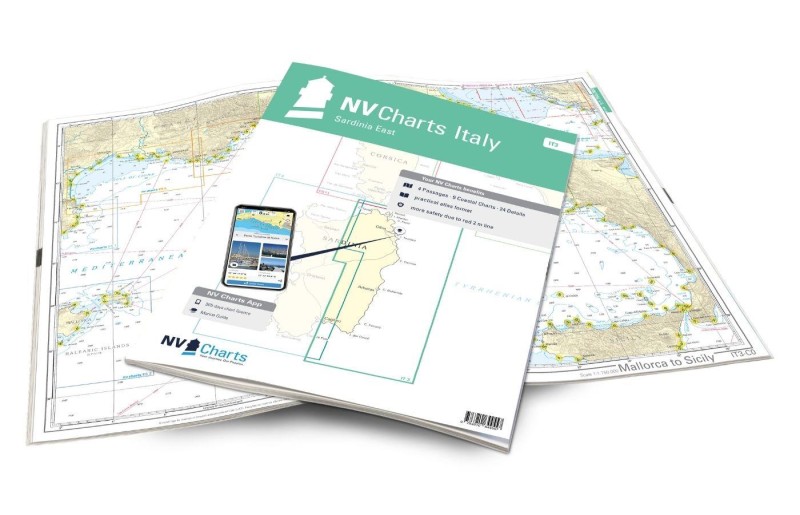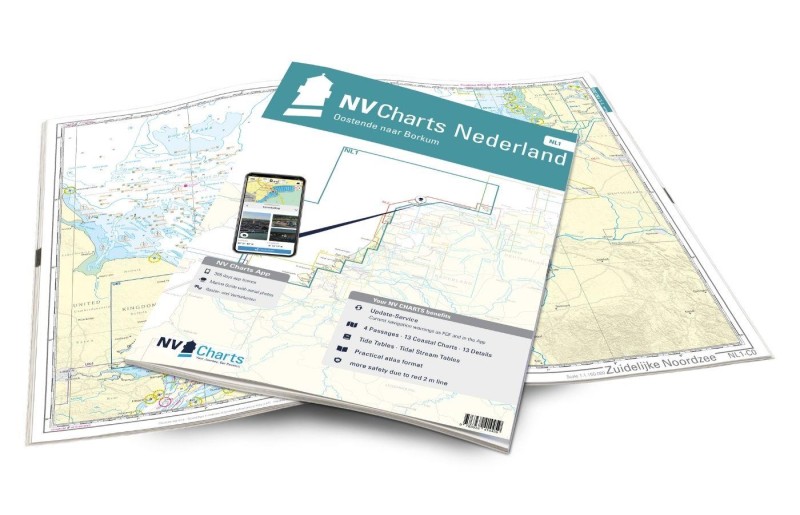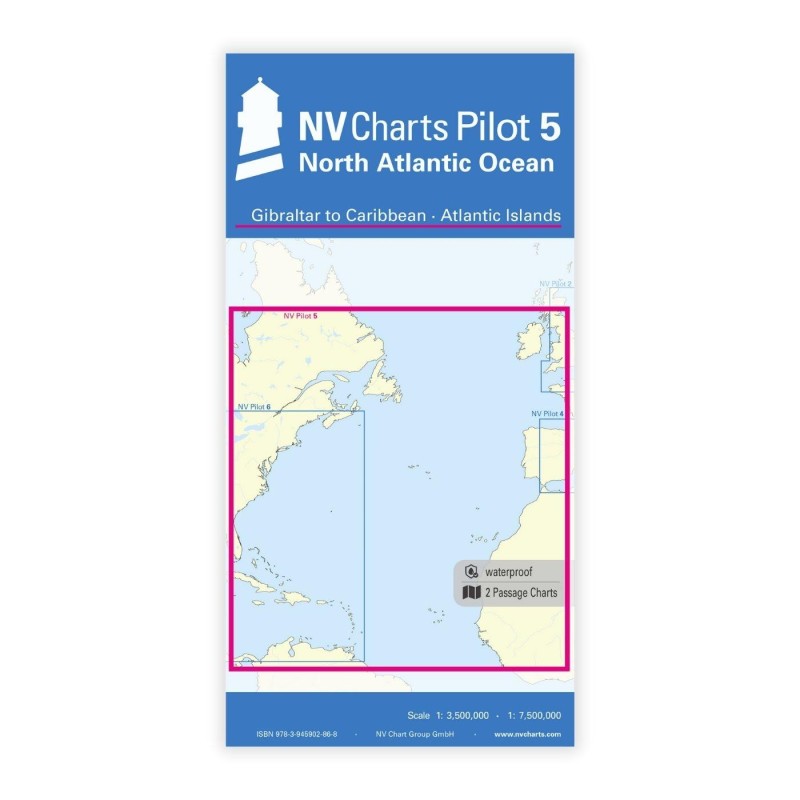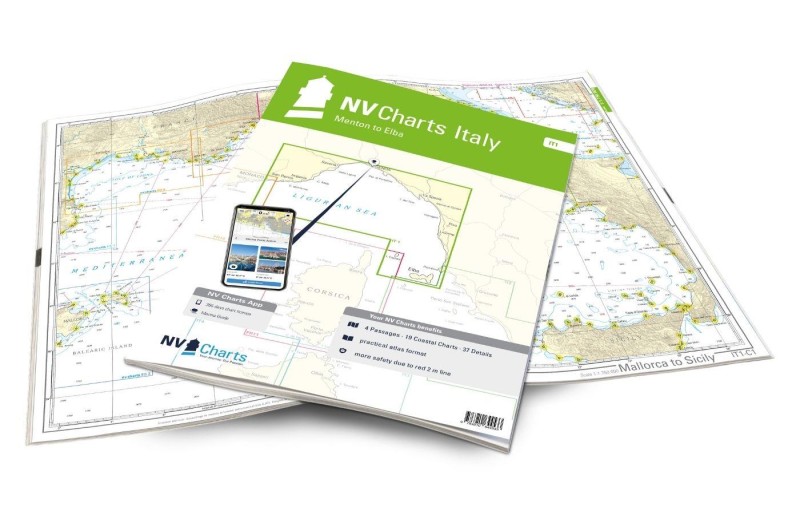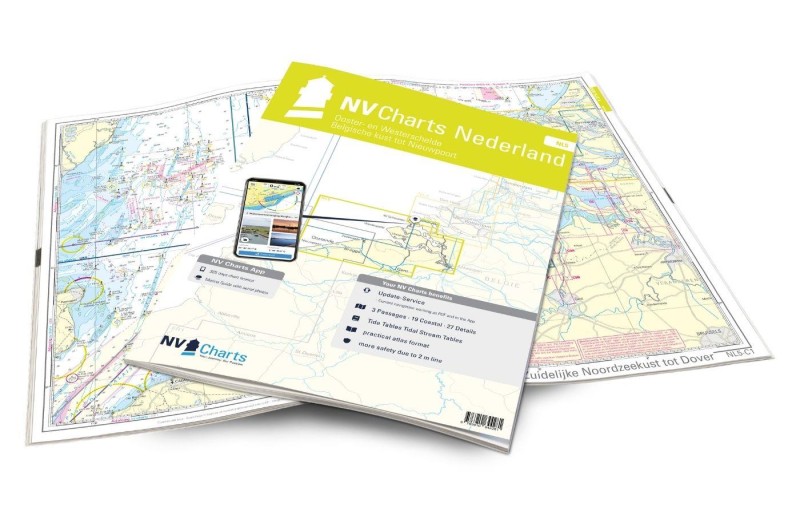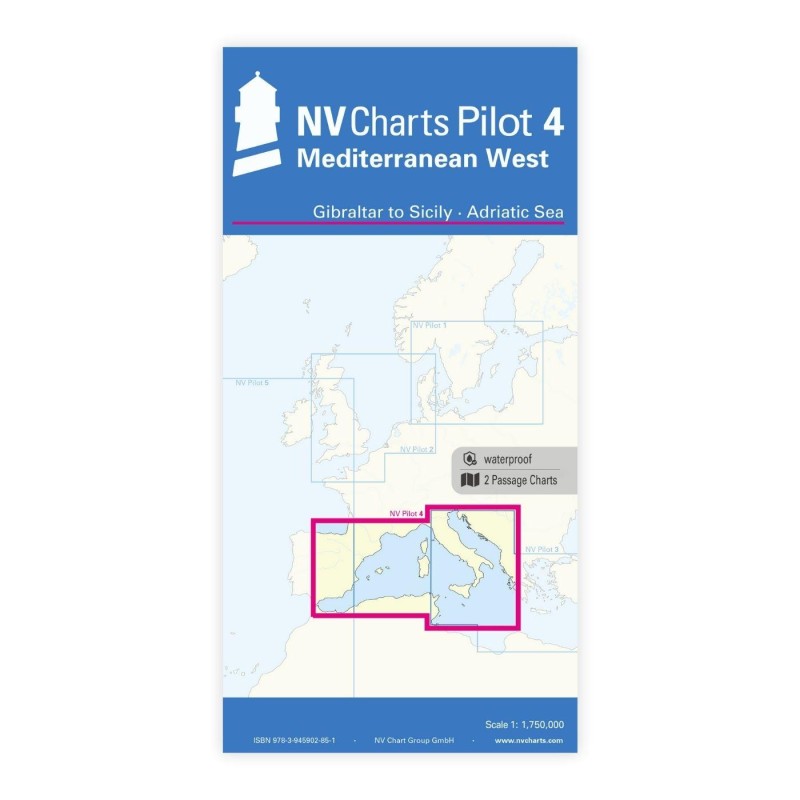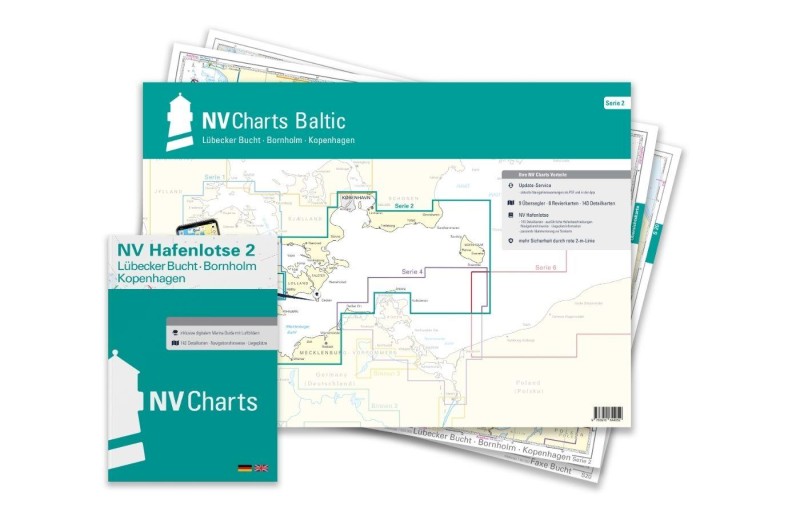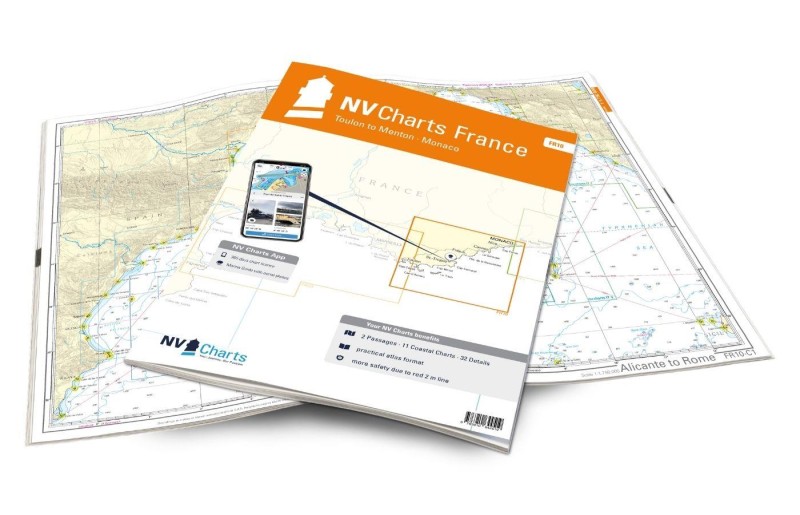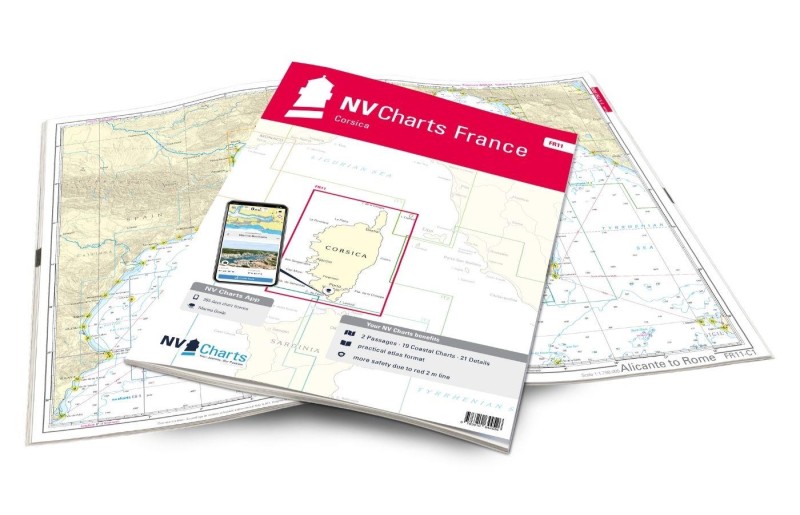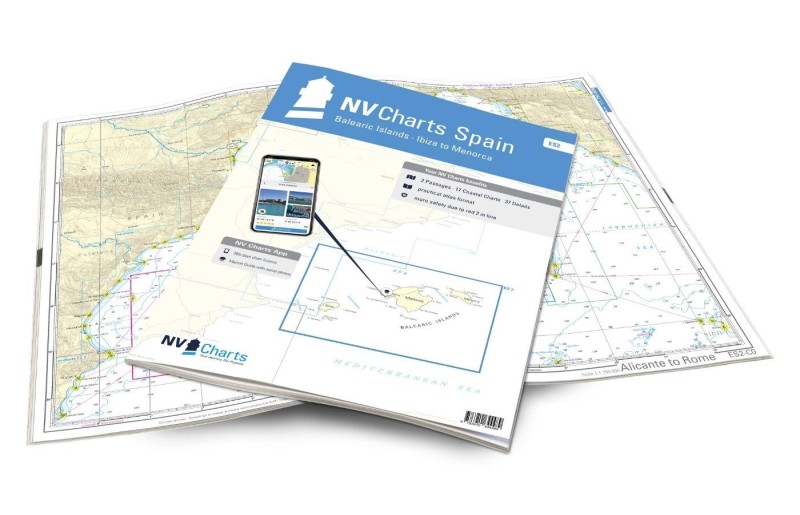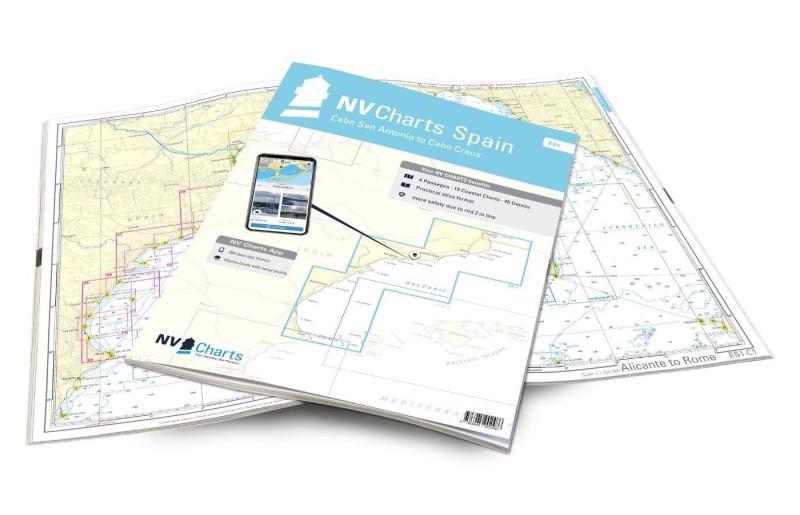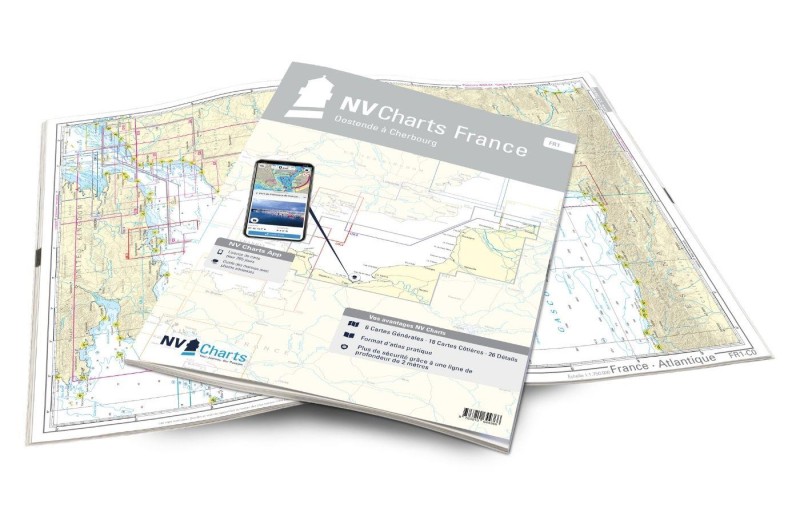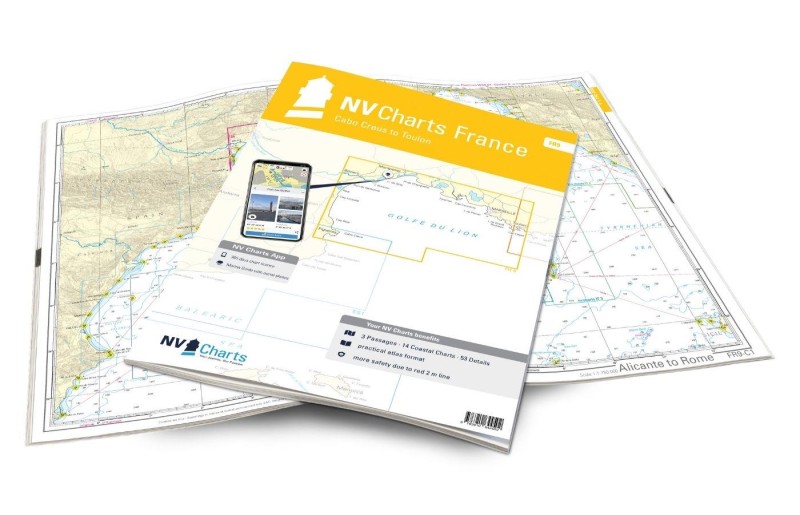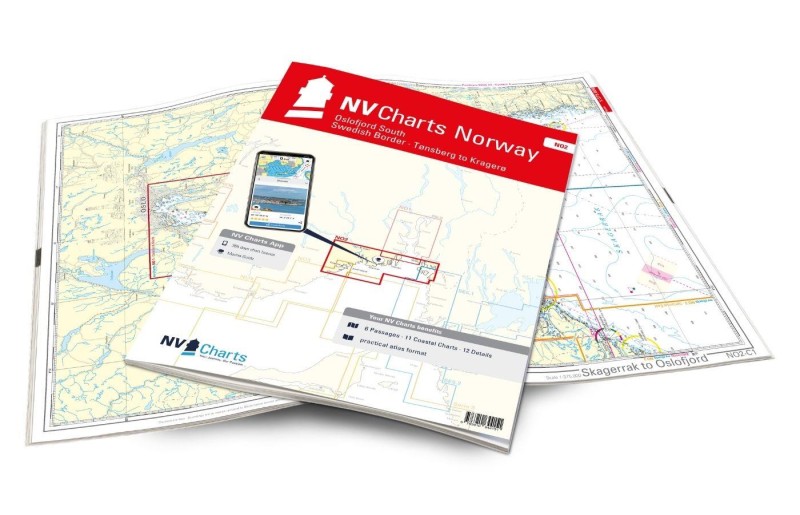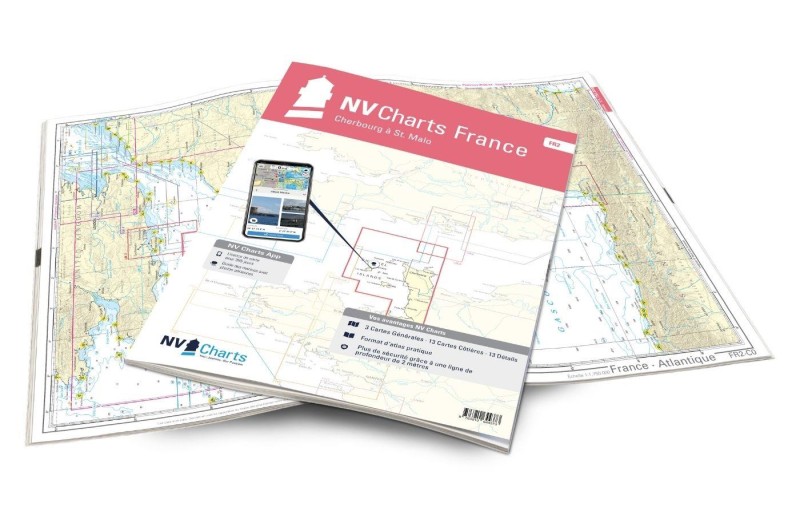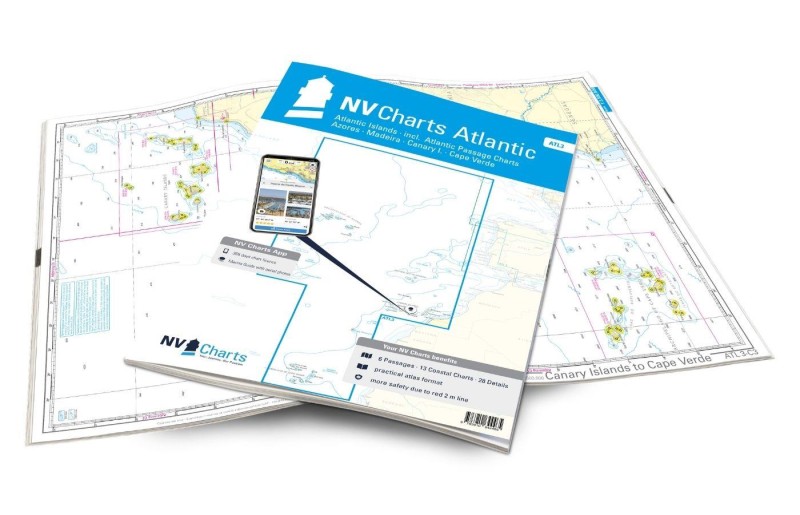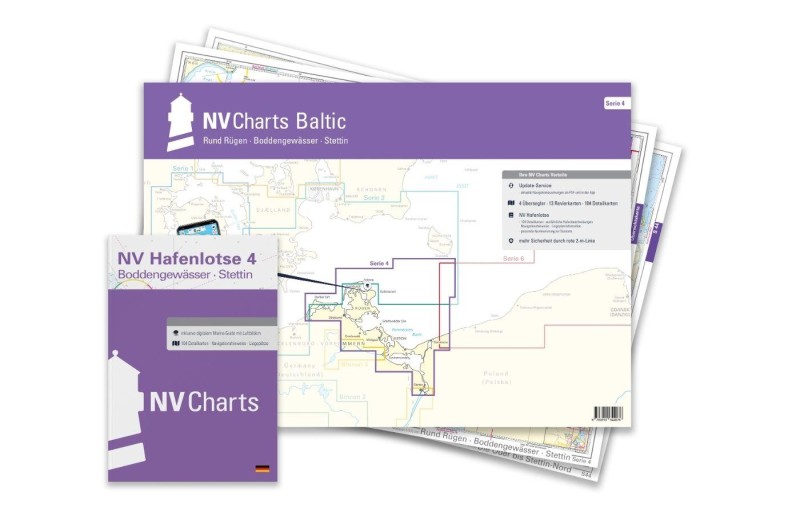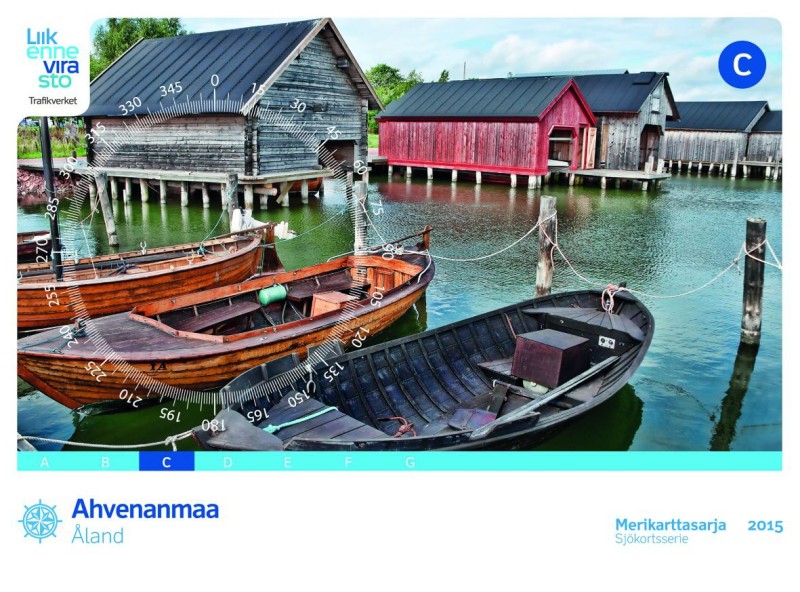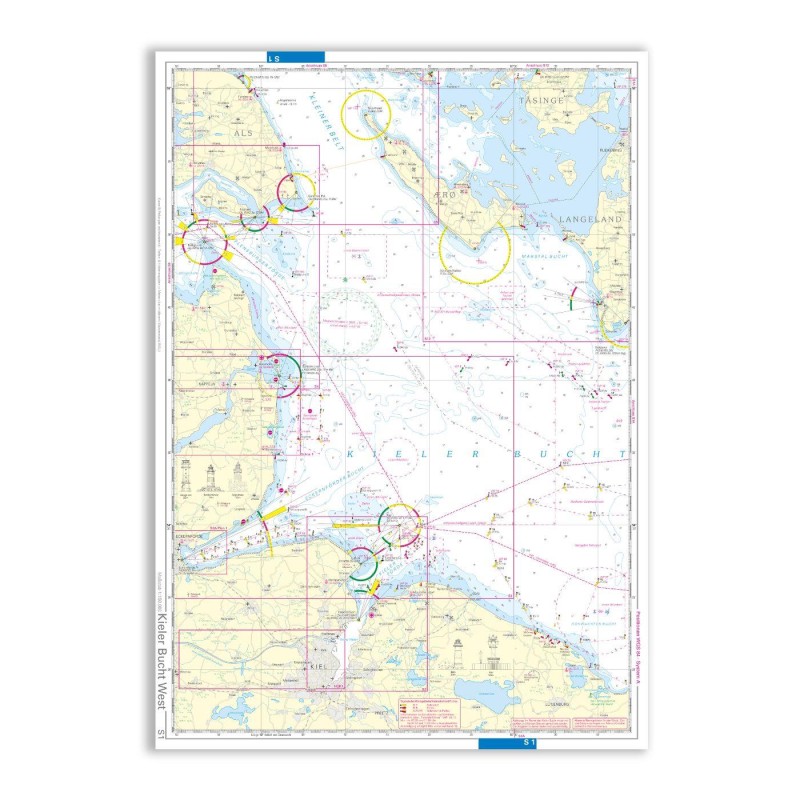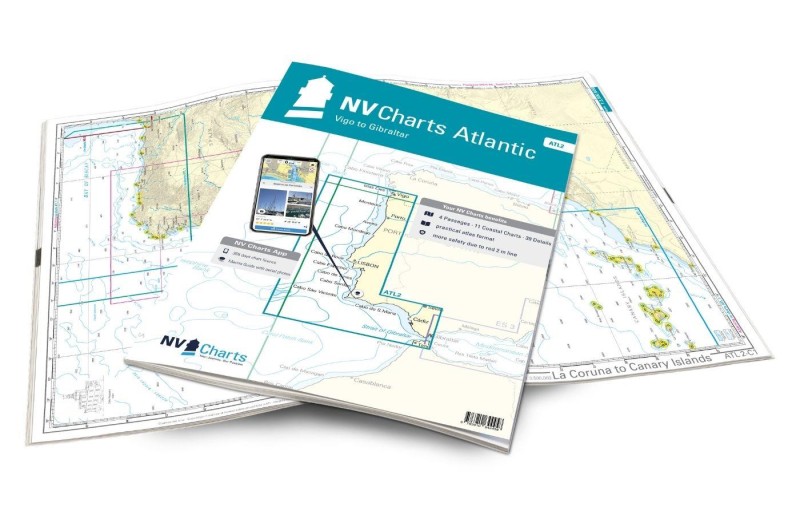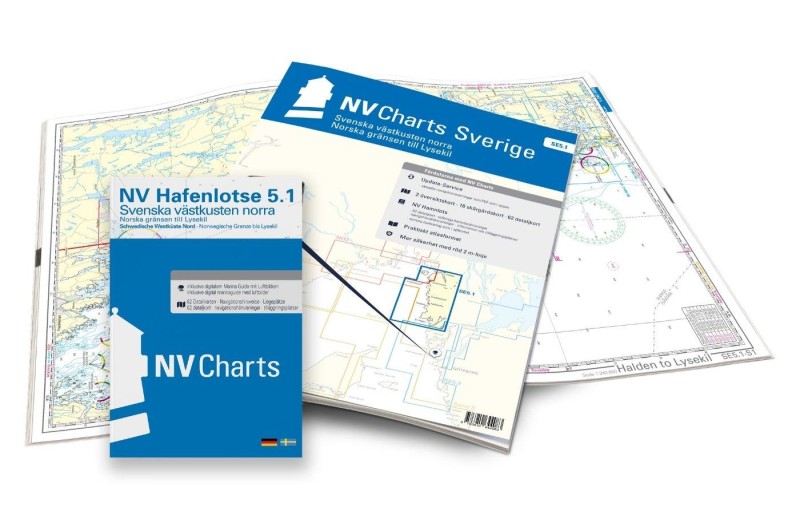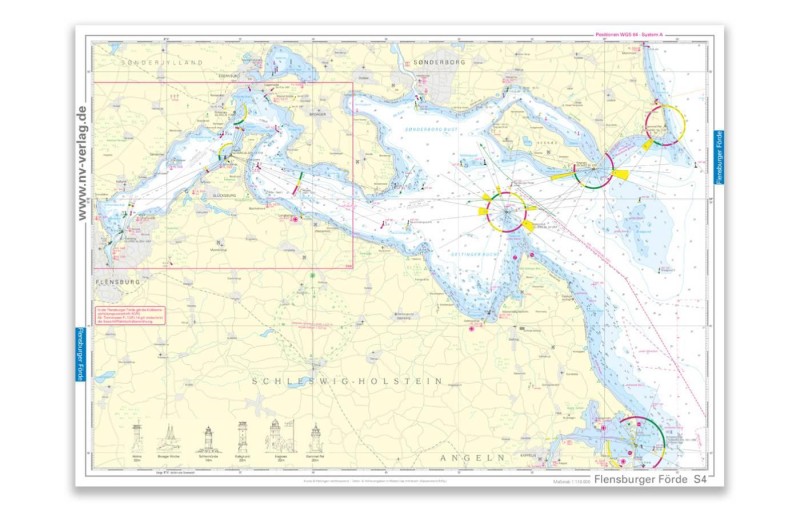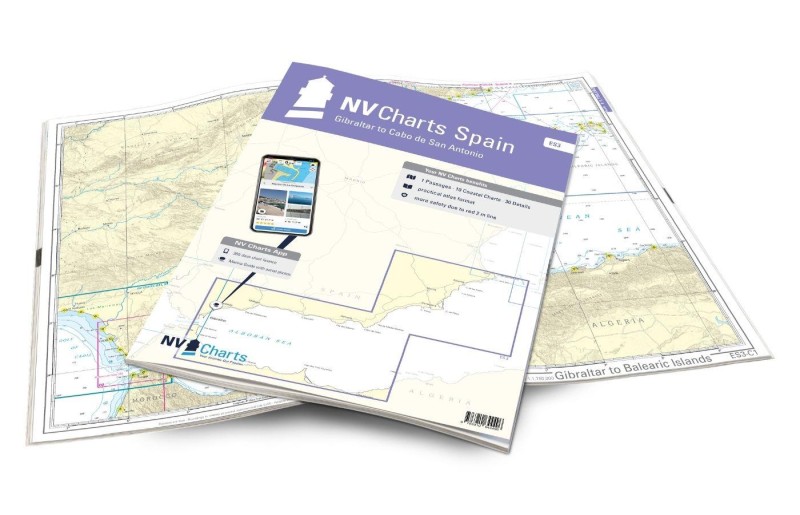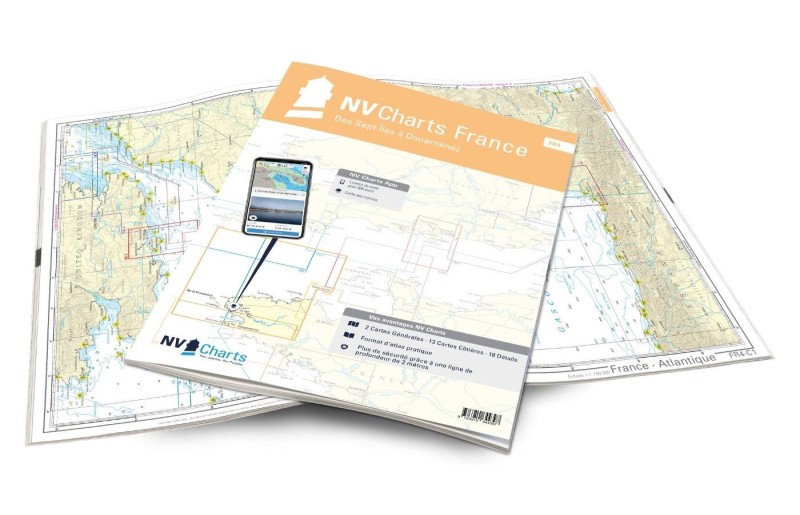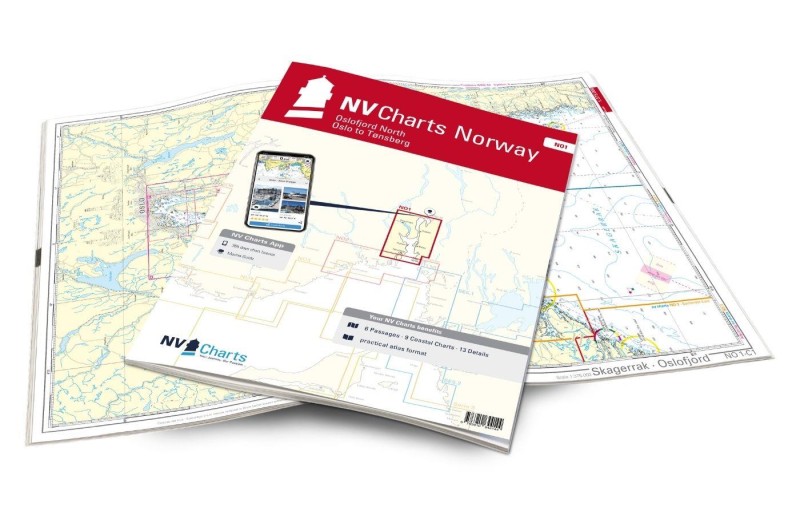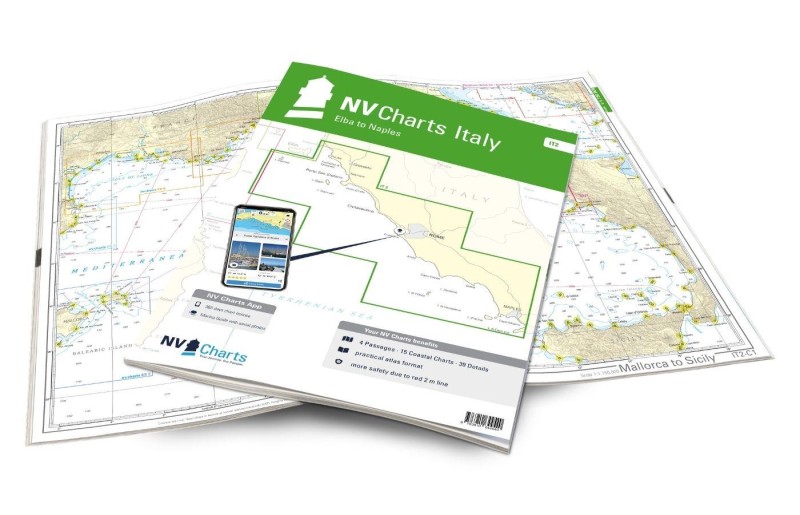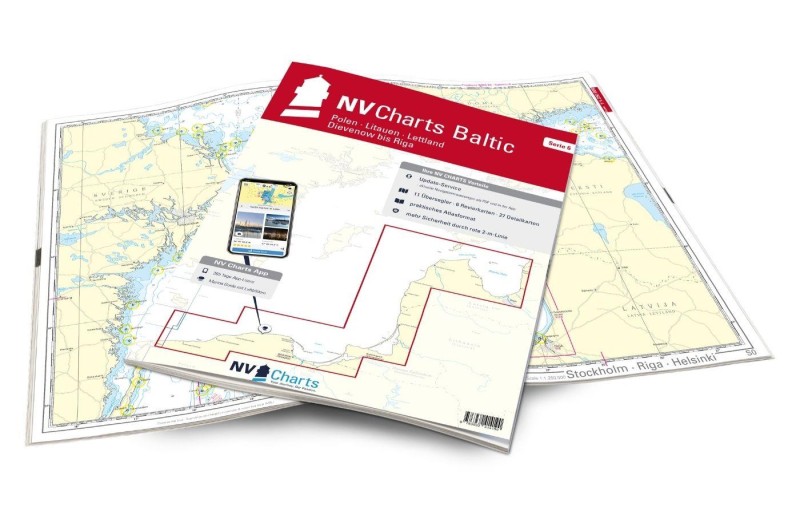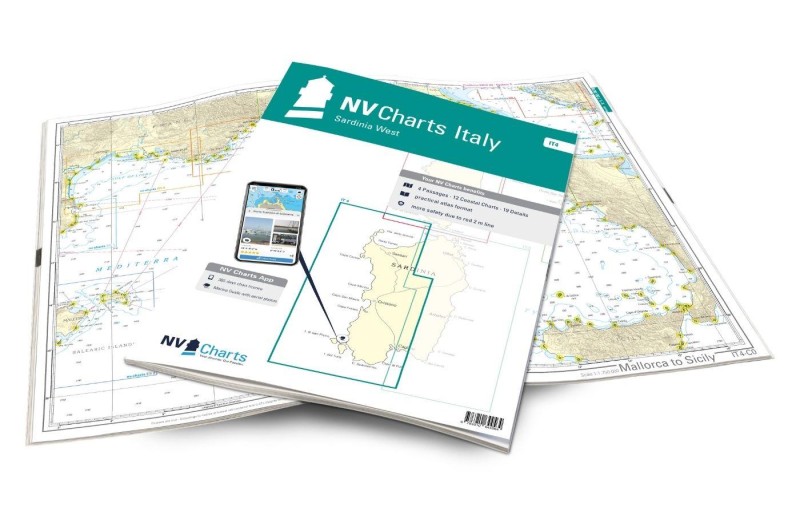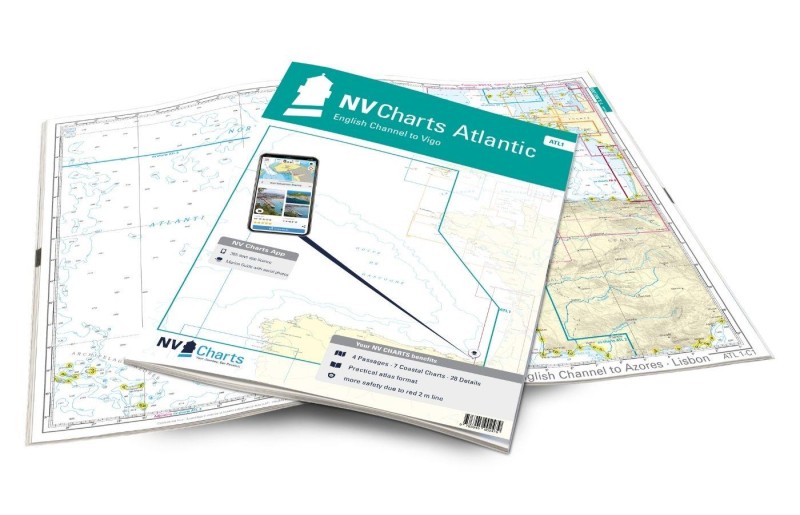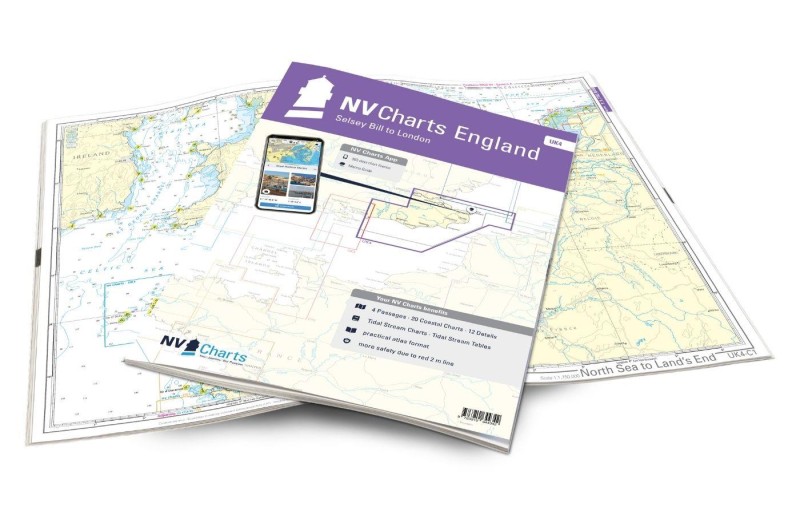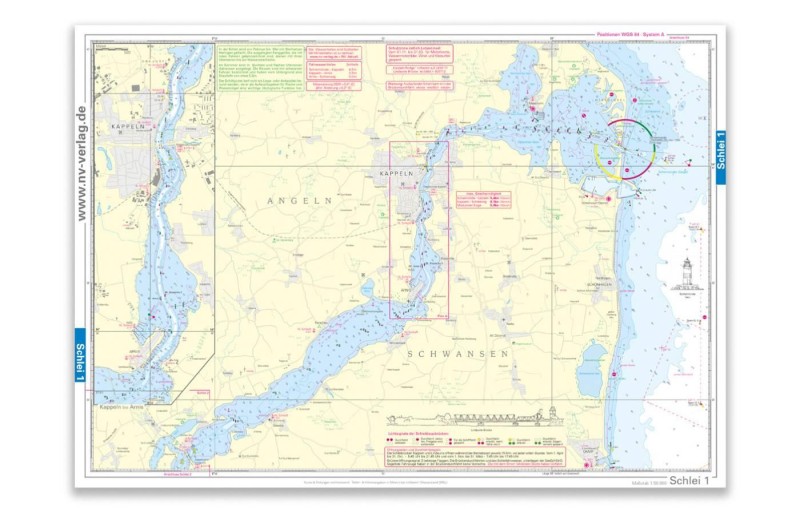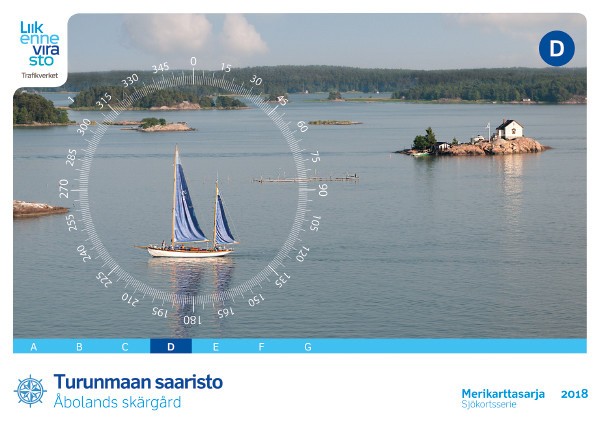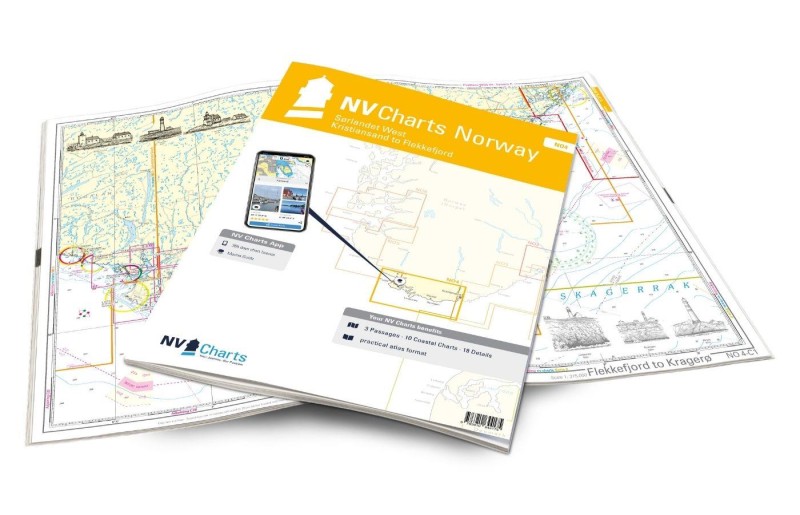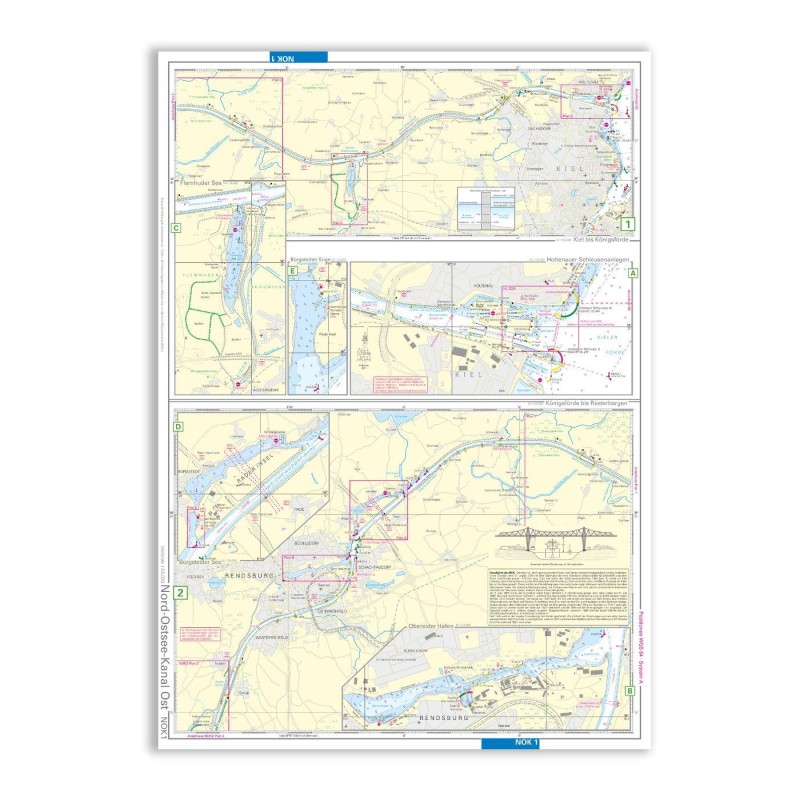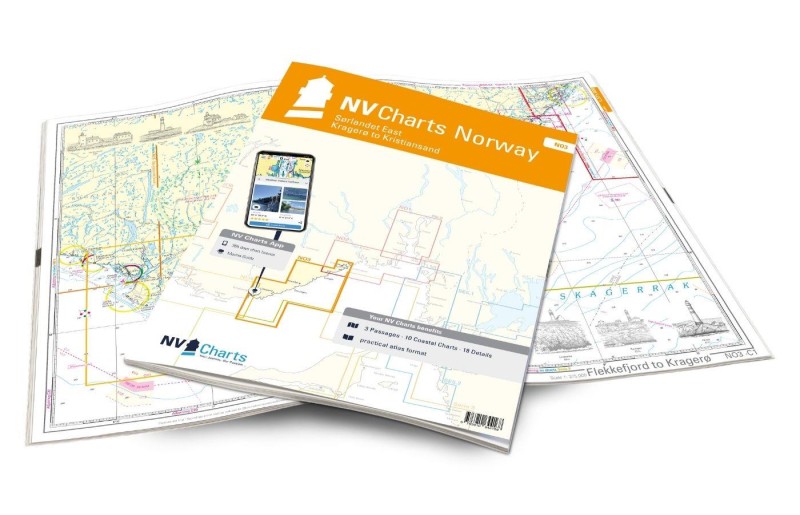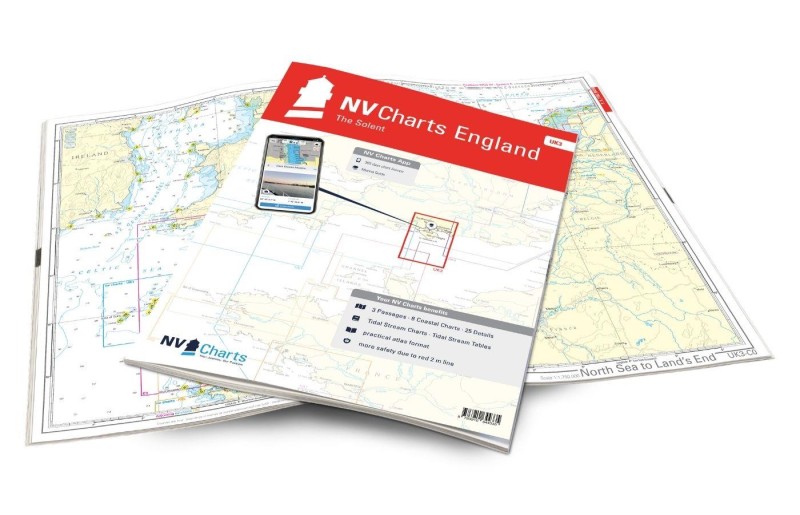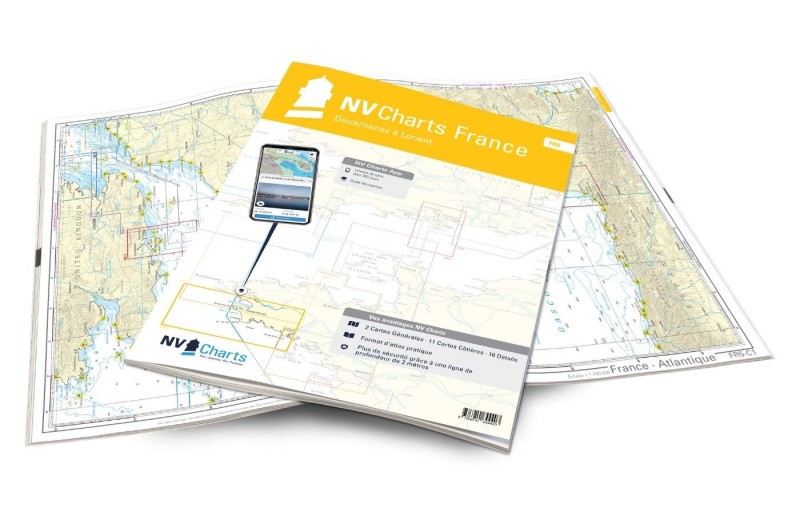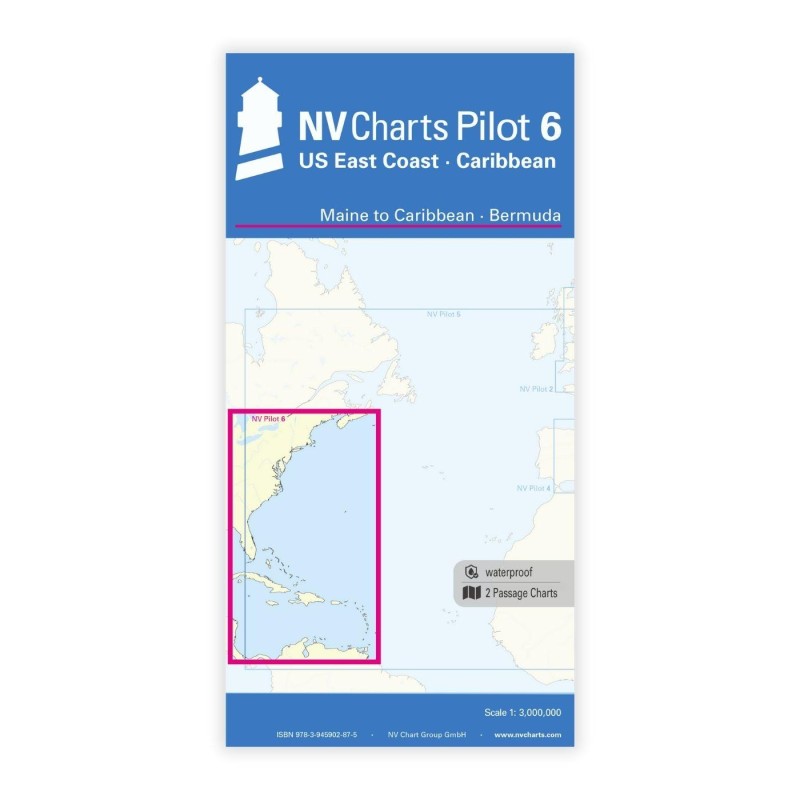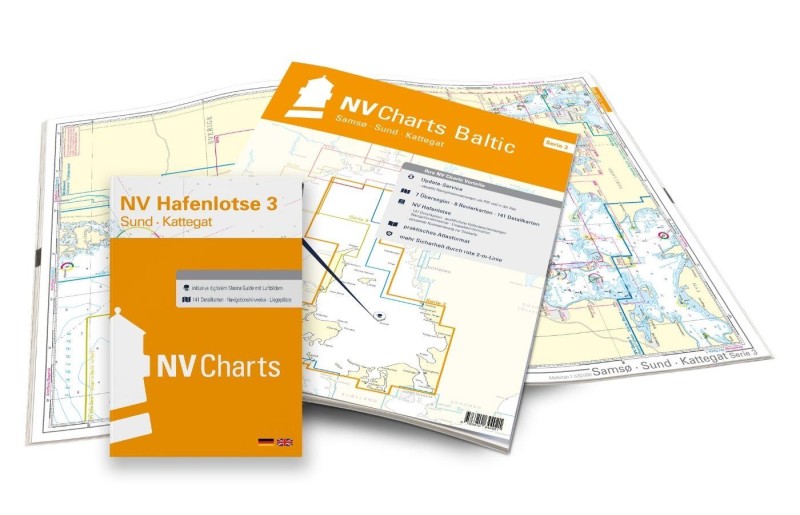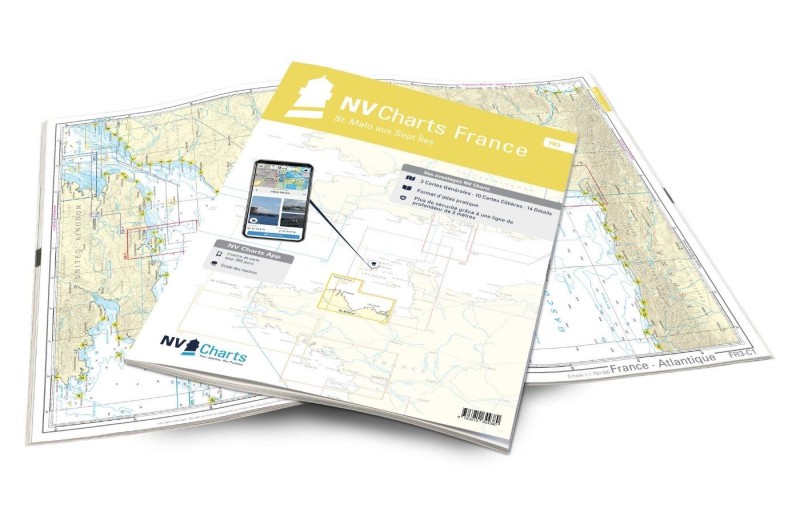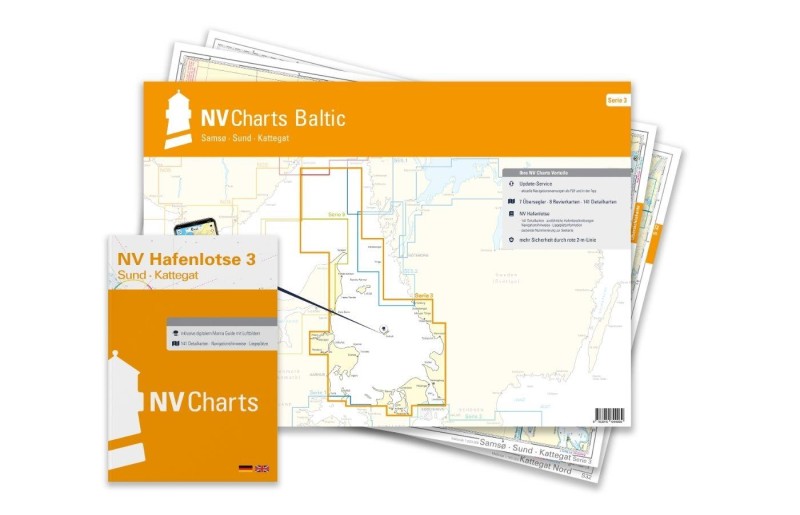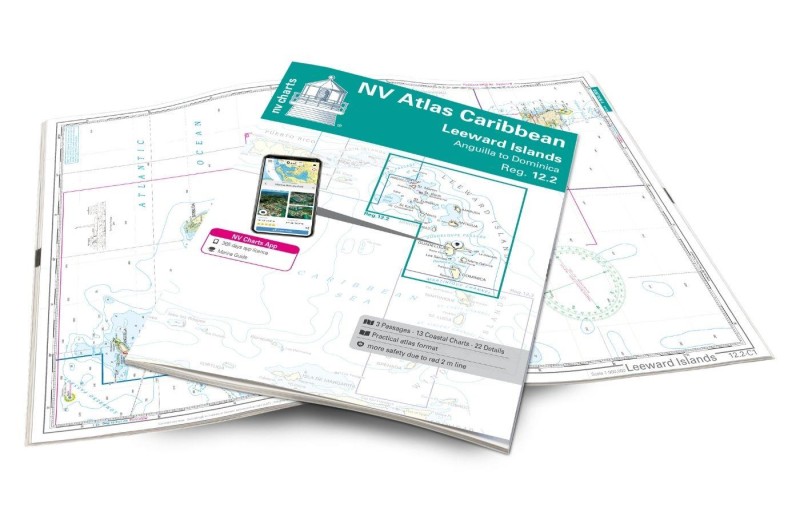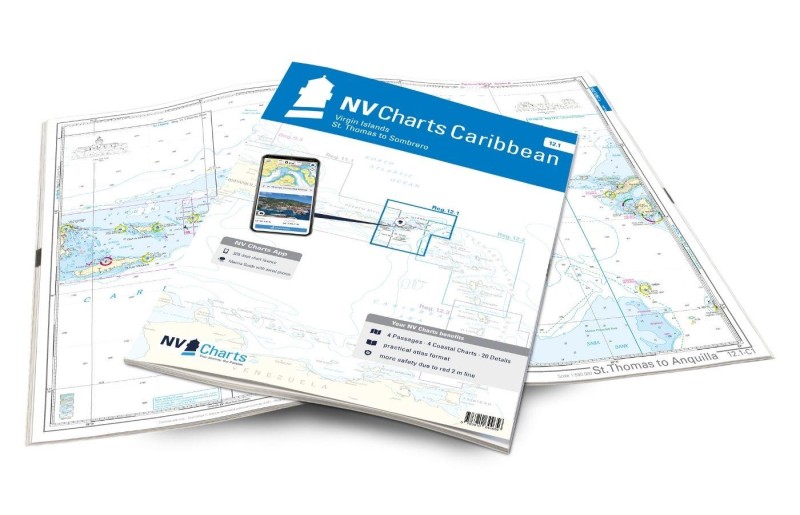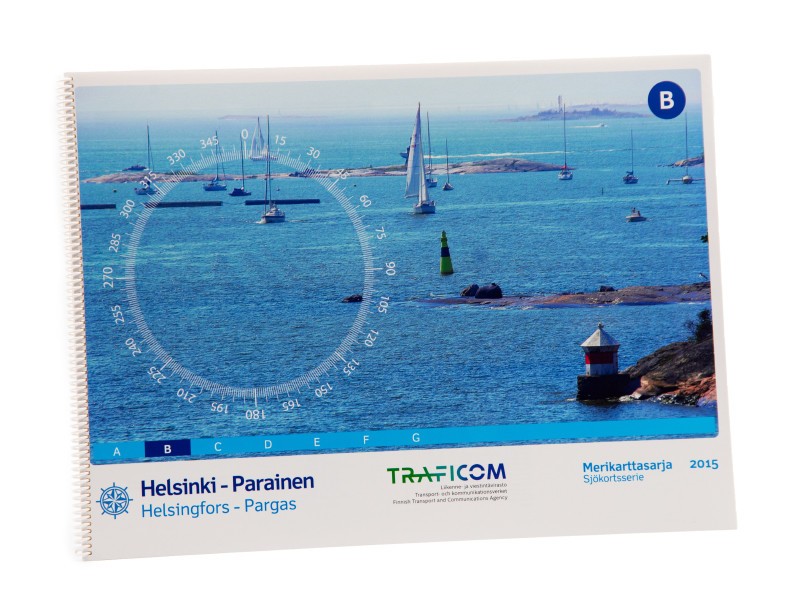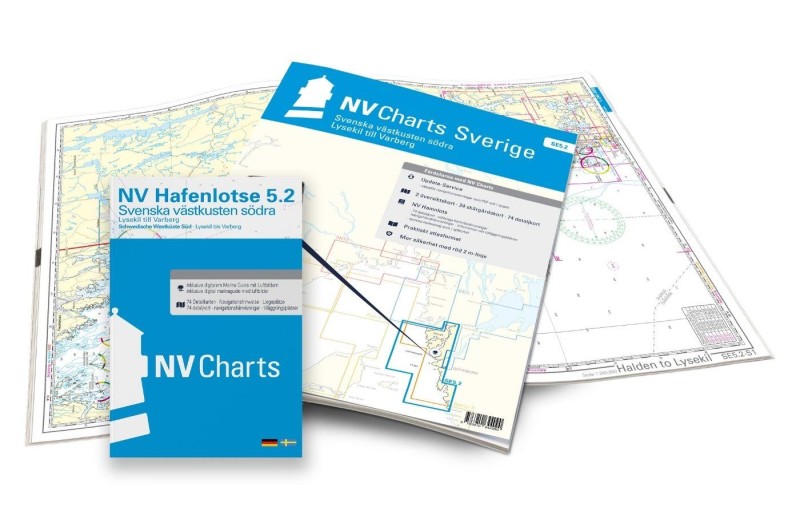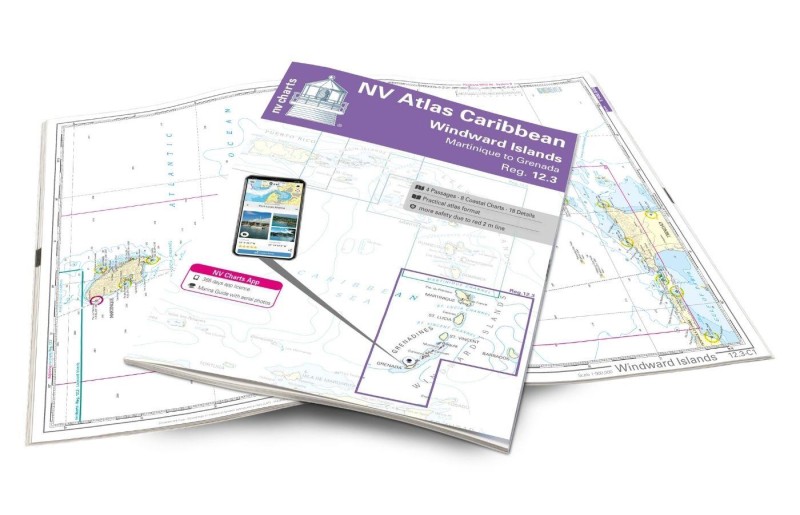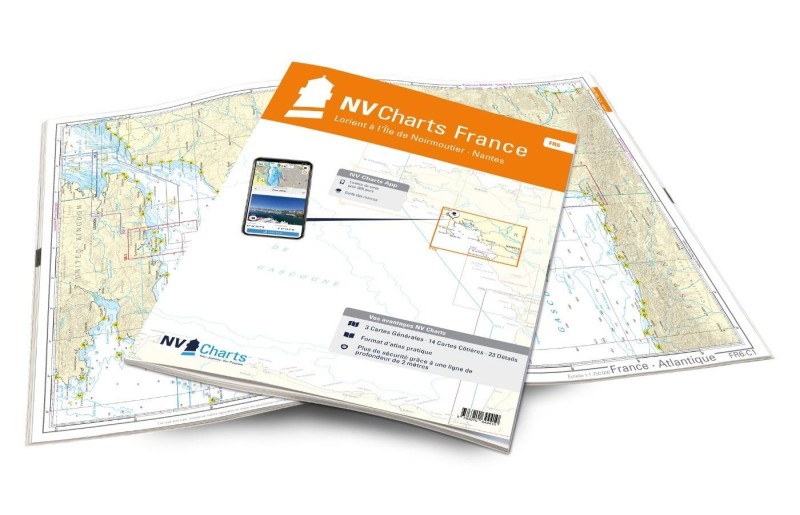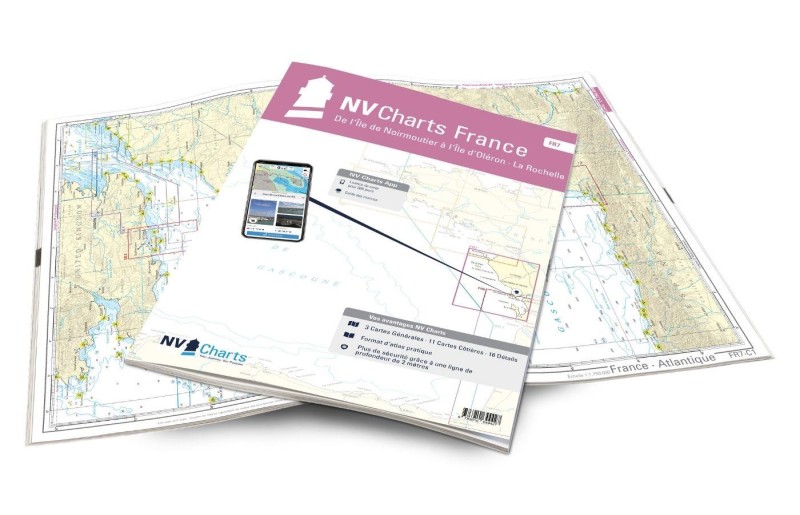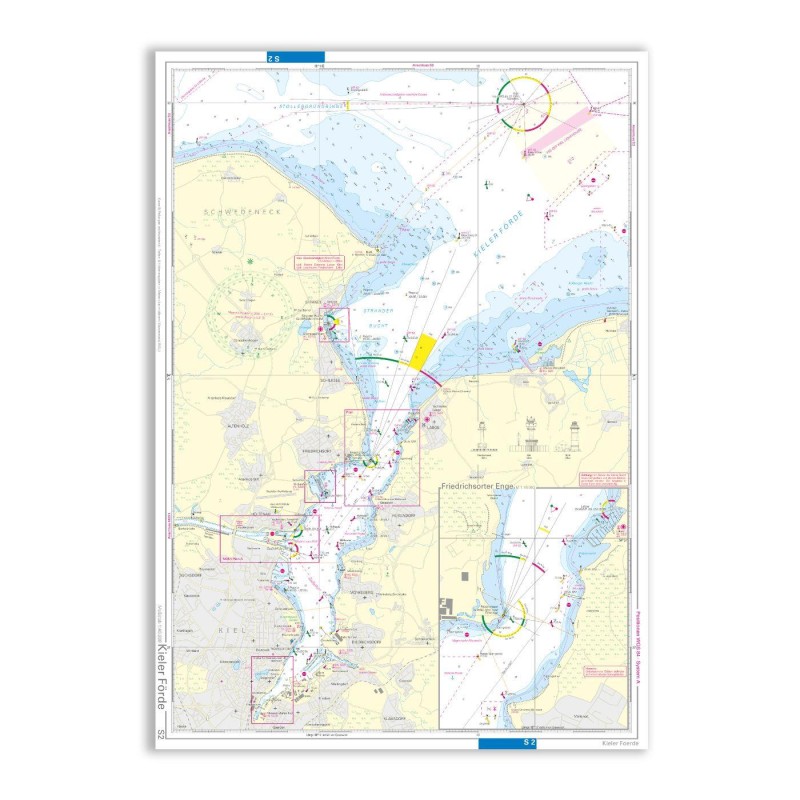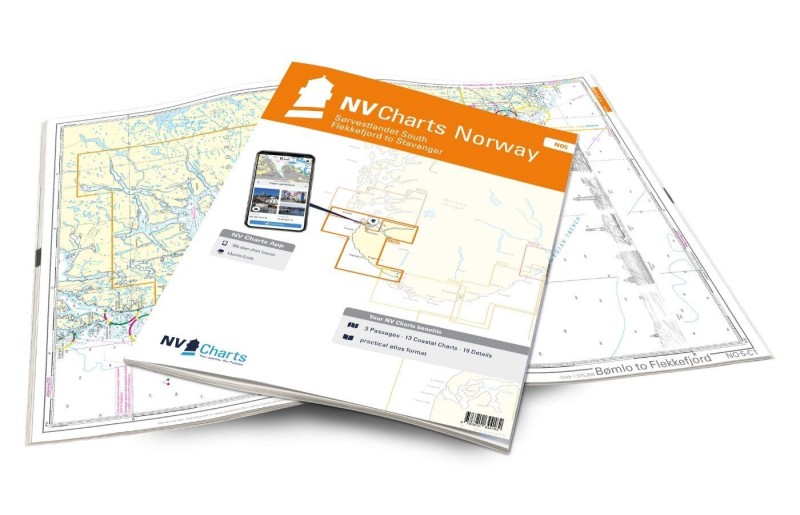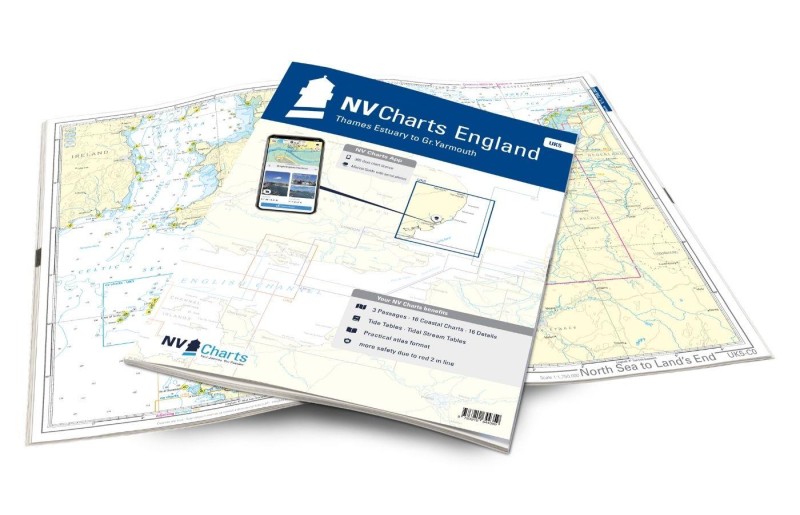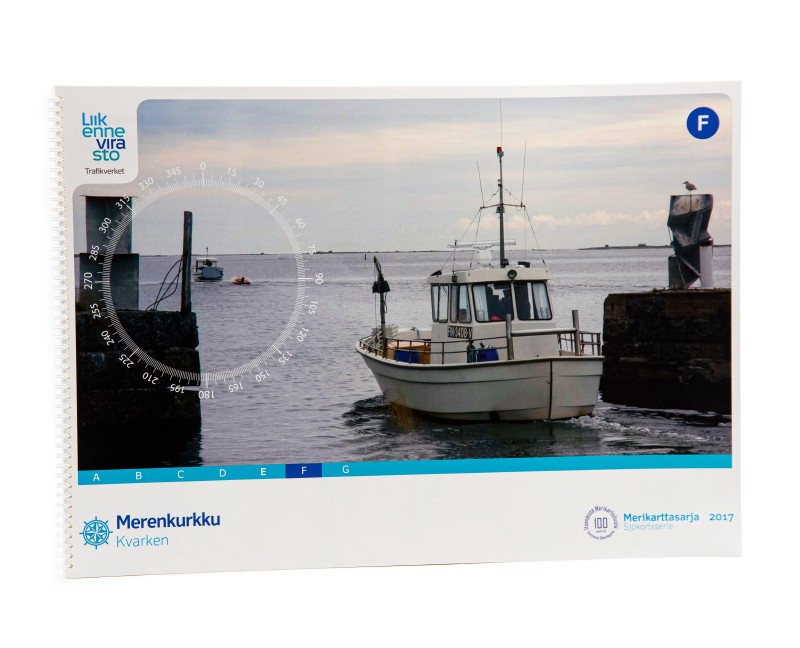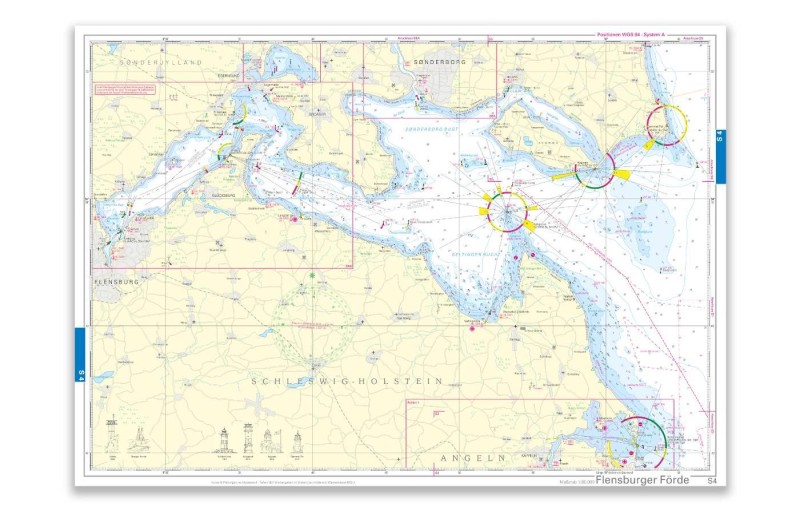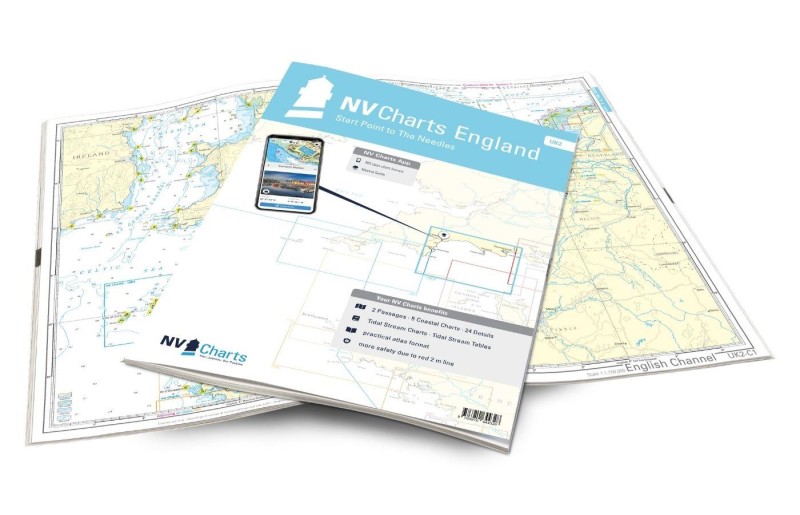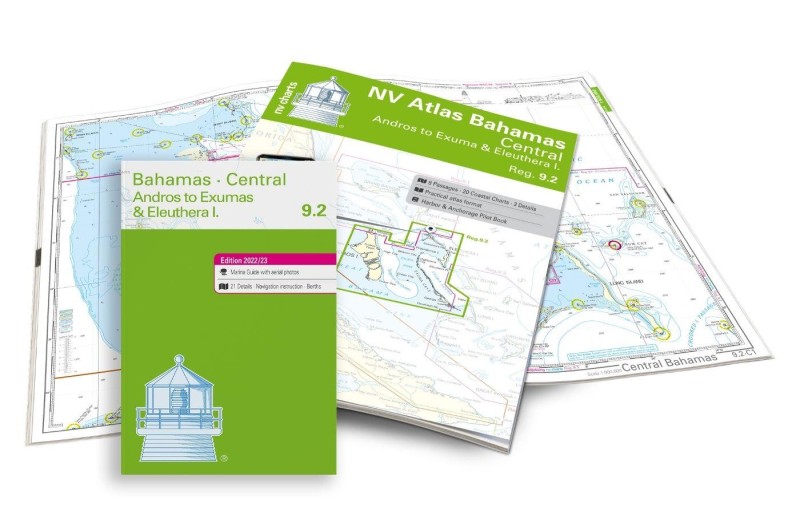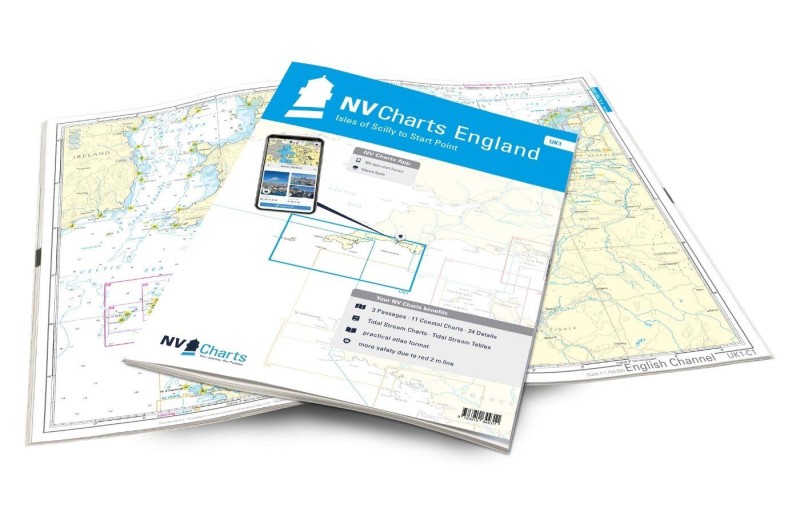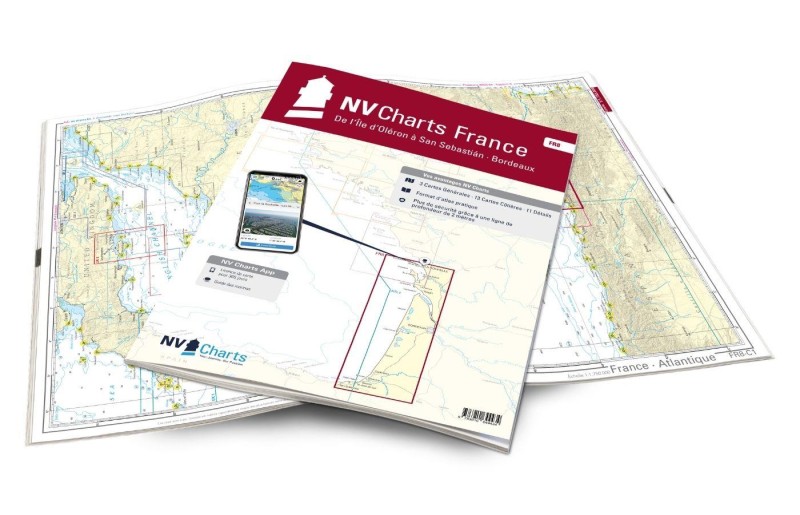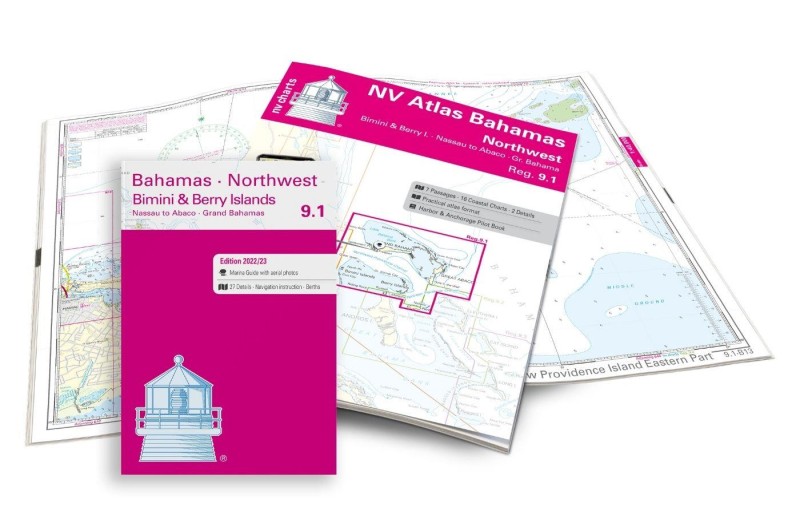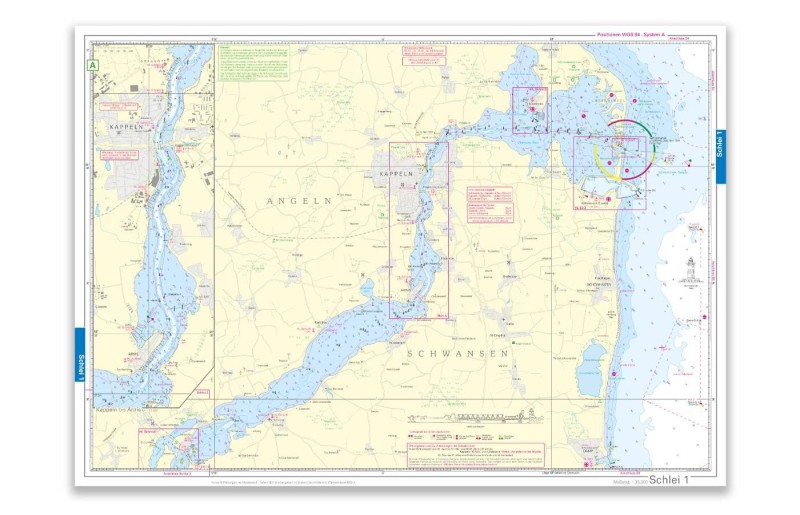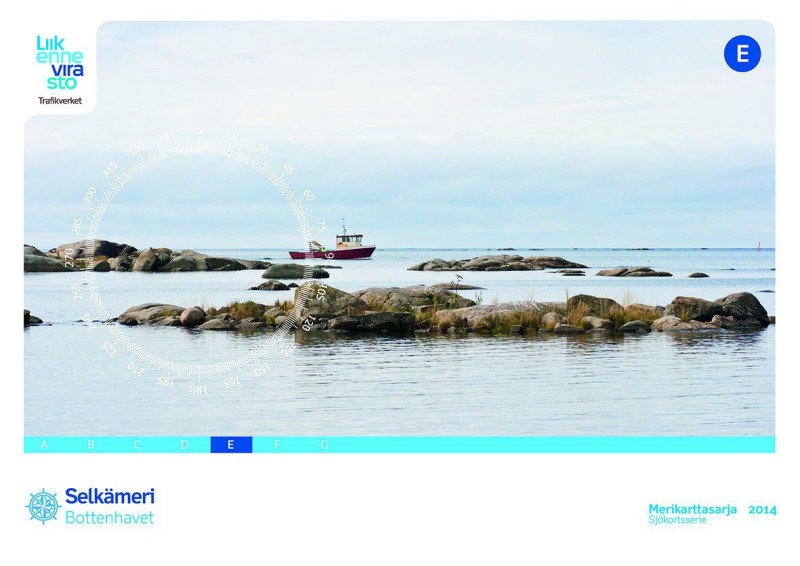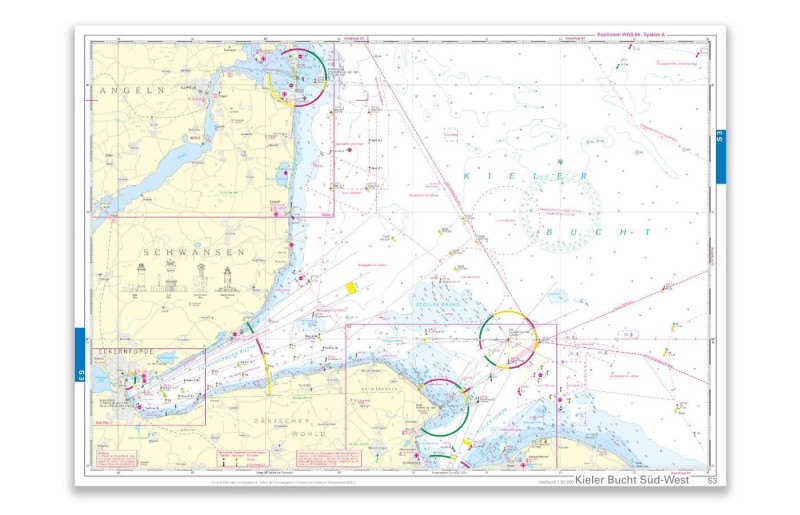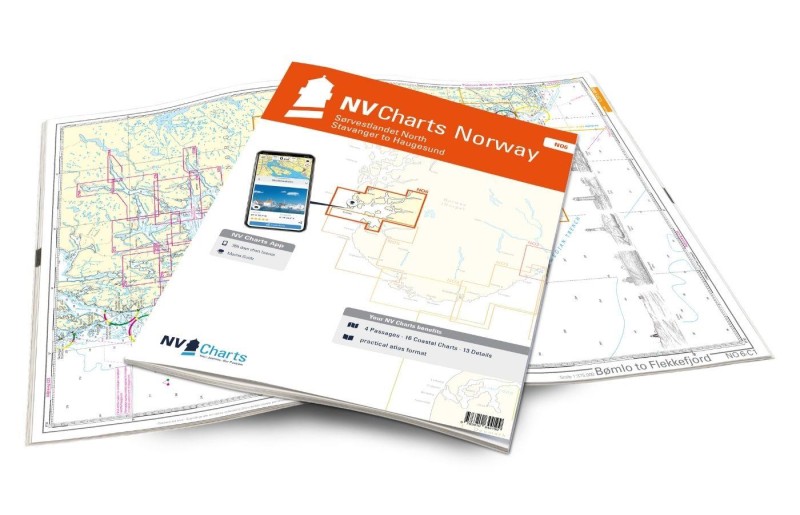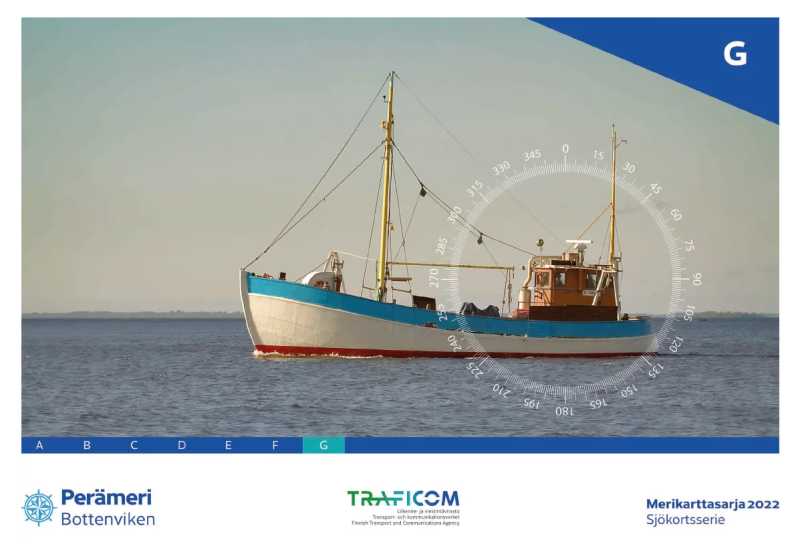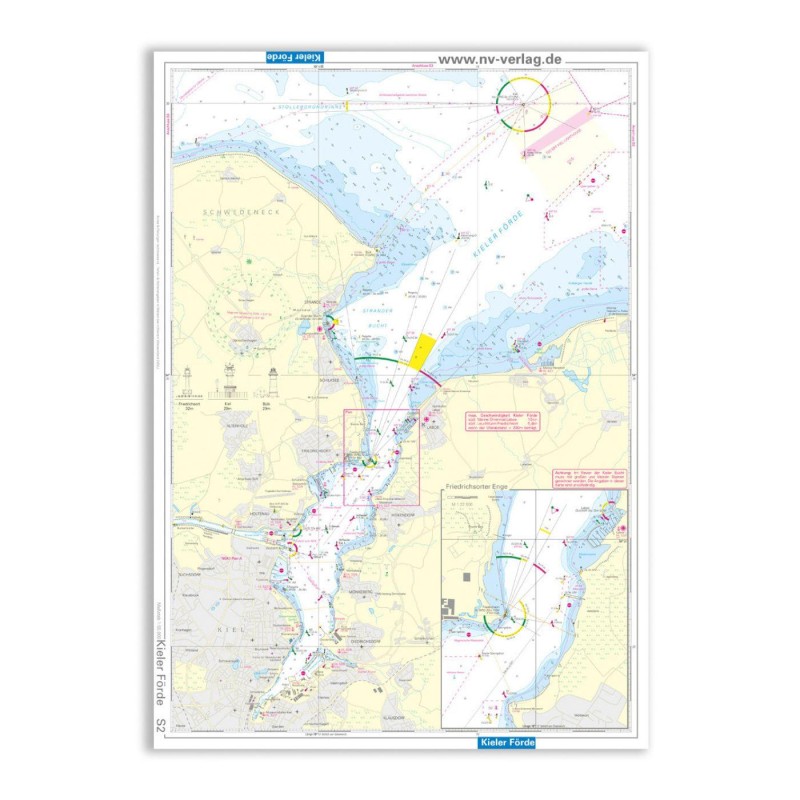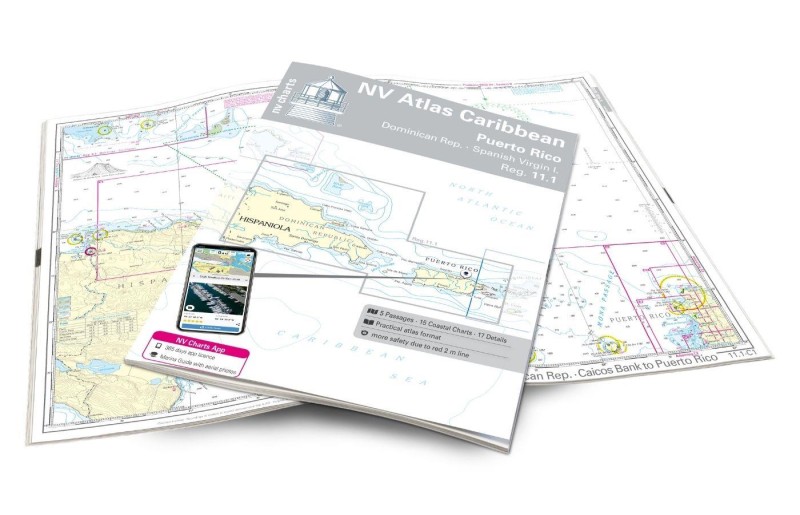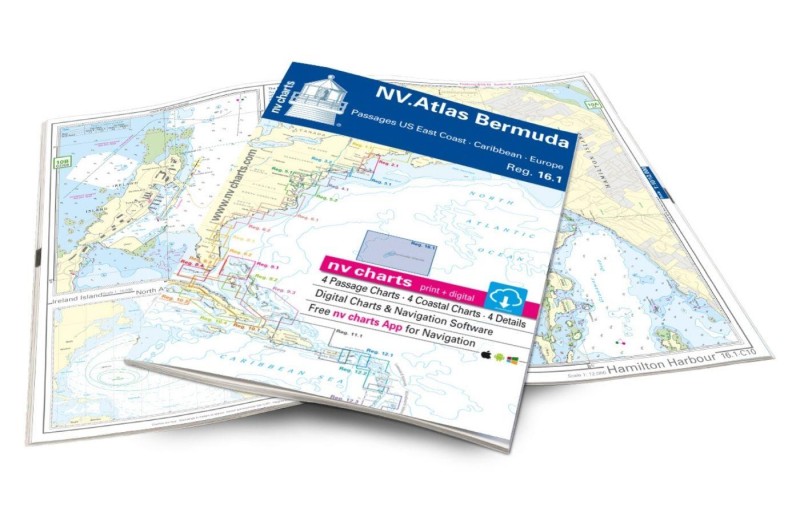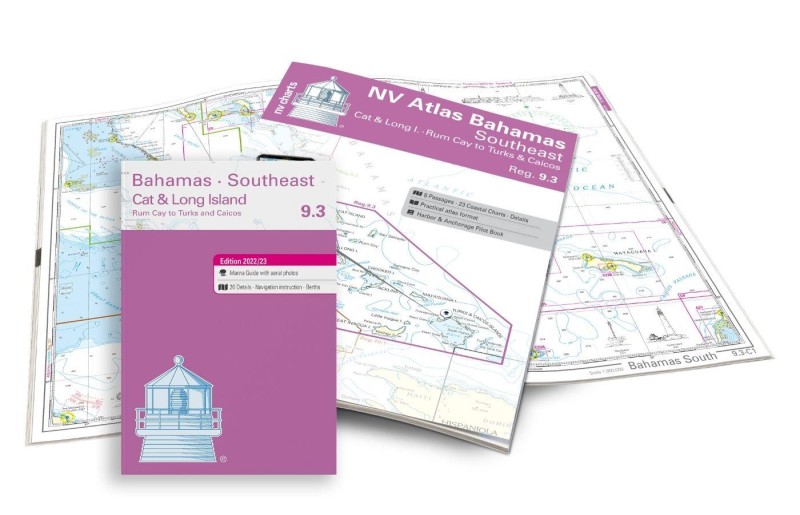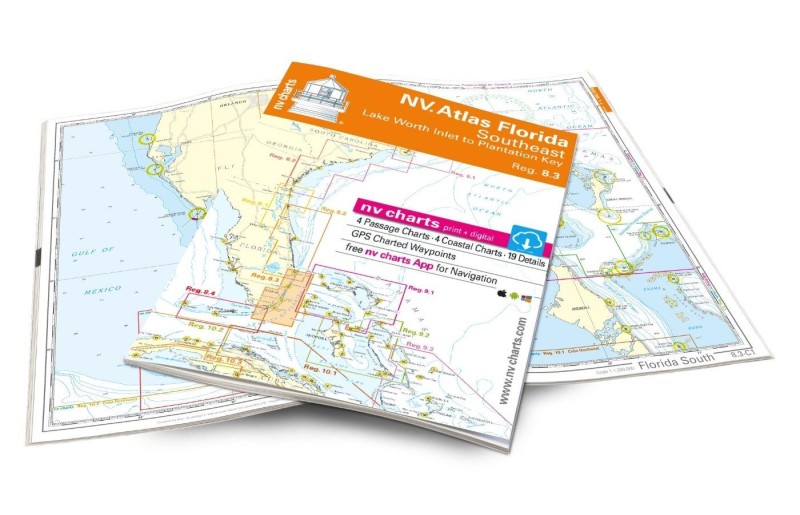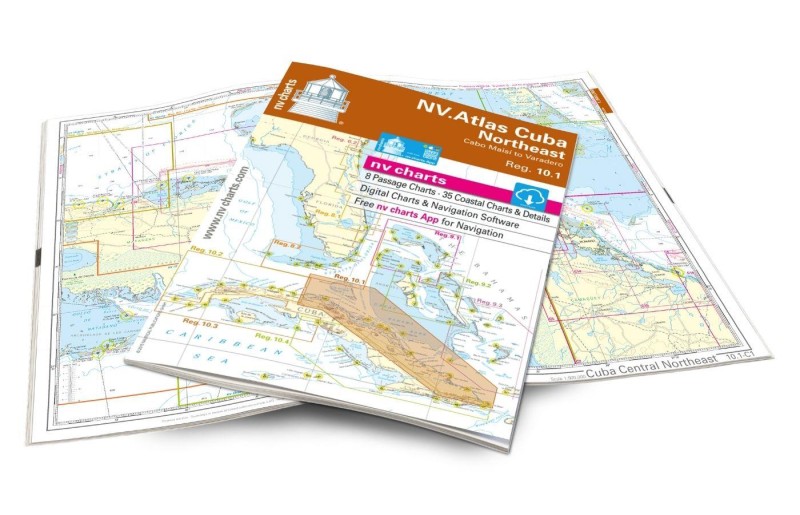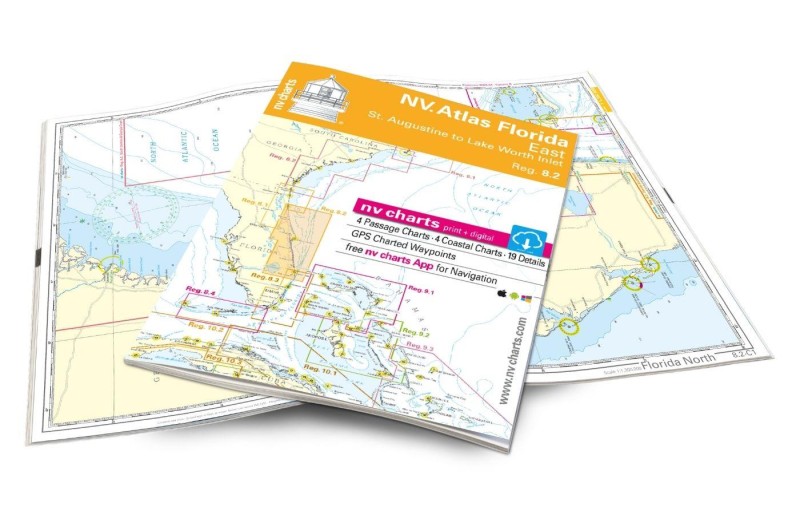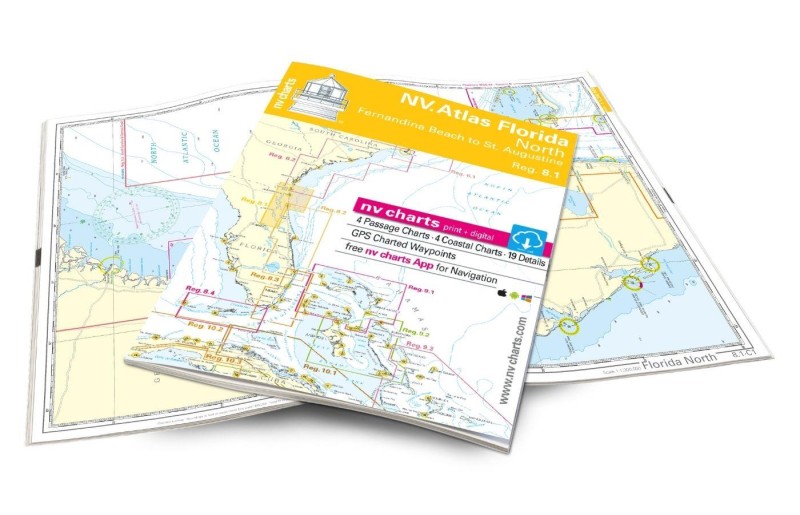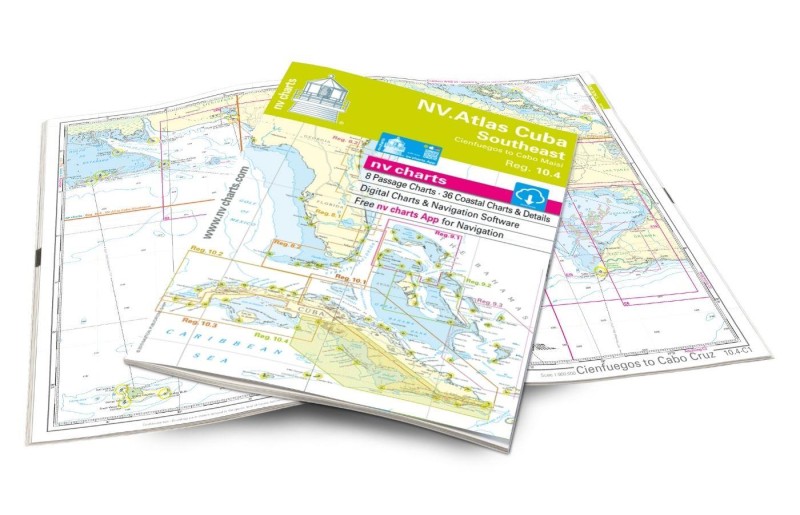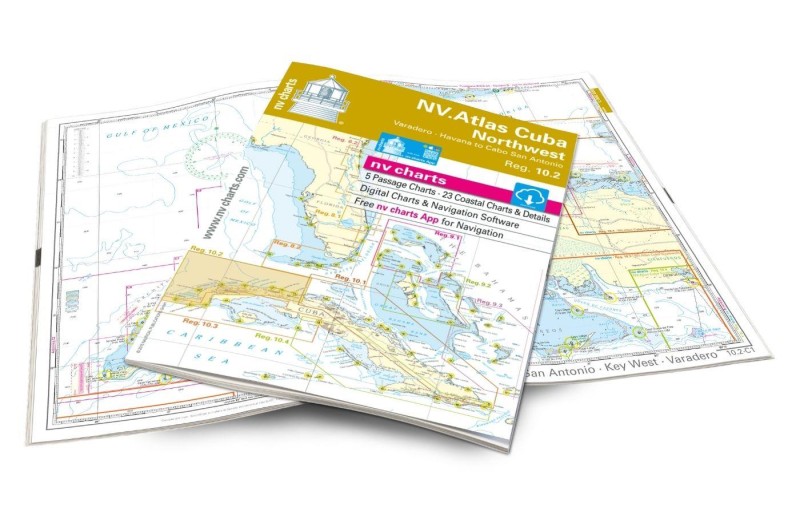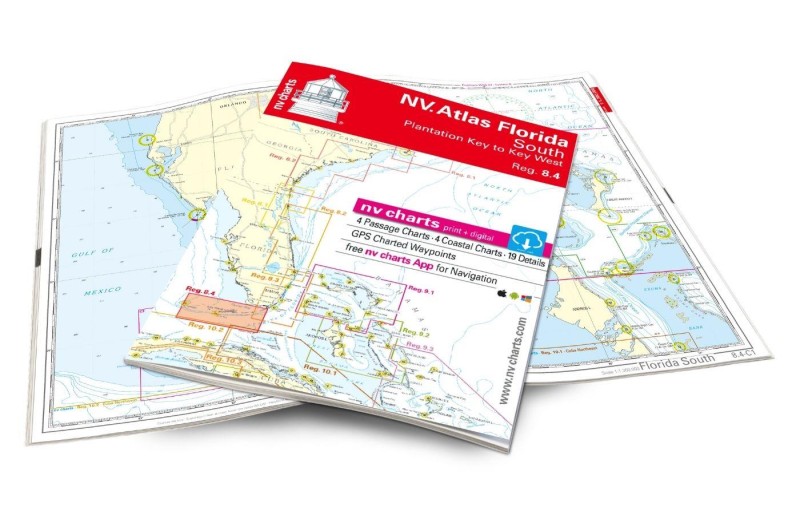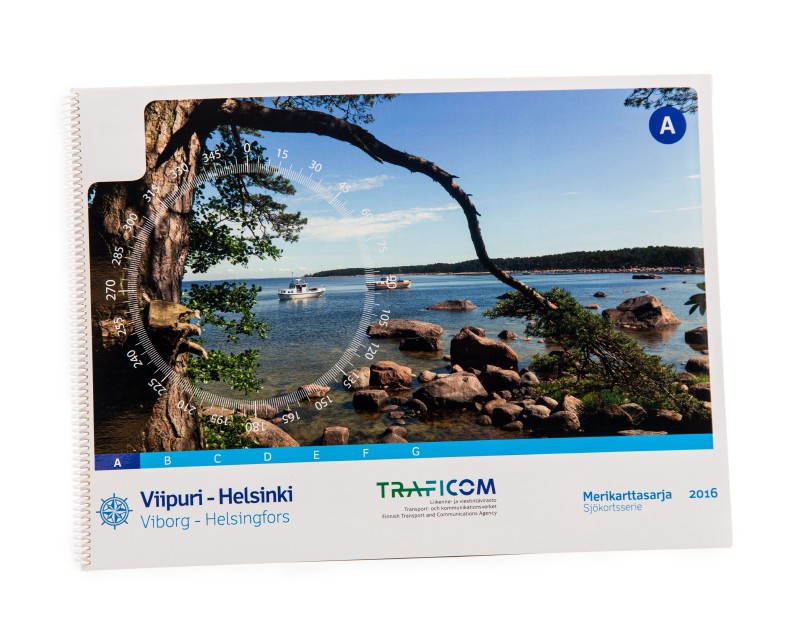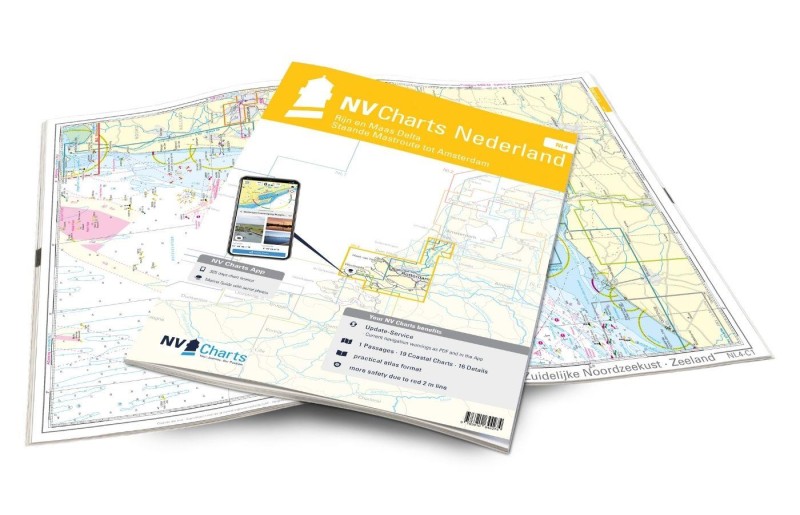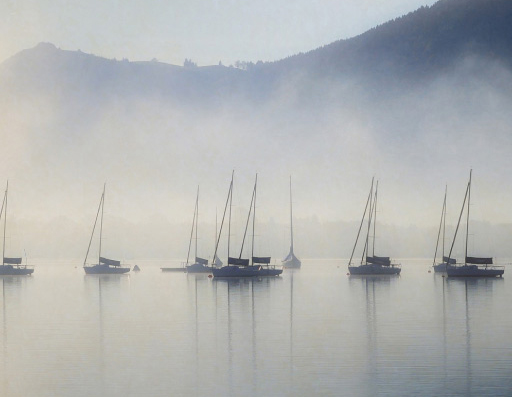Præstø
Marina near Præstø
Latitude
55° 7’ 36.6” NLongitude
12° 2’ 44.4” EDescription
Idyllic town in the south of Præstø Fjord with a former commercial harbour and jetties of various sailing clubs.
NV Cruising Guide
Navigation
The approach is via the buoyed, unlit dredging channel (target depth 3.3 m). The fairway is so narrow in places that larger yachts should only sail under engine power. The shallowest water depth of the channel (3.3 - 3.5m) is just east of Storeholm.
The approach from Præstø via the approx. 1.6m deep fairway west of Lilleholm is only recommended if you know the area.
Berths
The best place to moor is in the former commercial harbour (Gamlehavn), which is now available for pleasure craft, otherwise you can also find free places at the jetties (water depth 2-3m , green signs).
Anchorage: In the northern part of Præstø Fjord there are many places that can be reached via the partly buoyed fairway between Storeholm and Feddet, with caution the channel is navigable with a draught of 2.1m. Outside Præstø Fjord, north of the shoal Fedhage and in the protection of the forested peninsula Feddet is an anchorage (6m), which you can navigate with navigational prudence even at night.
Surroundings
In the sleepy little town, you'll find good supplies (including fuel)
NV Land Guide
Situated between forests and the Præstø Fjord, this provincial town of 3000 inhabitants has a special charm away from the main road (E4). The centre of the town is dominated by old lanes with half-timbered houses, merchants' yards and large packing houses. A conspicuous number of climbing plants adorn the old town houses. Many of the buildings date from the 19th century. The only surviving medieval building is the church, although Præstø was mentioned in a document as early as 1321. However, all the other houses burnt down. After that (around 1750) it was decreed that no house with a thatched roof could be built in Præstø.
As the name suggests (Præst - parson, Ø - island), the town in the Middle Ages was situated on an island surrounded by the fjord and two estuaries. It was connected to the mainland by two bridges, which still exist today as street names: Vesterbro and Østerbro. It was not until 1800 that a dam replaced the bridge connections. The place was called Pastor's Island because it first belonged to the "Skovkloster" near Næstved and an Antonite monastery was founded in 1470. After the Reformation in 1536, the monastery was demolished and over 40,000 masonry stones were brought to Copenhagen, where they were reused in the construction of Copenhagen Castle. In the following period, it was above all shipping that shaped commercial life. Thus the inhabitants of the small town also took part in the trade at the herring markets in Skanør and Falsterbo.
After the town had recovered reasonably from fires, plague and the Swedish Wars, it was particularly badly hit by the storm surge of 1872. The water rose so high that the waves crashed against the roof of the two-storey harbour warehouse.
The town experienced a modest economic boom after the construction of the Præstø - Næstved railway line around 1900. The railway connection was closed again in 1961. The former station building, which now houses the post office, is located at Halmtorvet (Straw Market).
Around the harbour and the town centre, great efforts have been made to preserve the historic townscape. The old customs office at the harbour, for example, was rebuilt in its original style after it burned down completely in 1986. The old warehouses nearby have also been restored. On the hill at the harbour there are a number of pavilions worth seeing, which guarantee the owners an excellent view over the harbour.
To get to the main shopping street, the Adelgade, is not far away via cobbled streets. Along the way, you'll pass the town hall, built in 1823 on the old market square. Council meetings are still held here. In the building, which was formerly also used as a court and detention centre, a saying was born that is now common in Denmark. It goes, "These are the wasted words of God to Balle Lars." The murderer Balle Lars, sentenced to death - he had killed a farmer's widow for money - was locked up in a cell in the town hall, which still exists today. 21 times the priest Gielbøl came to the condemned man to make him repent. But he did not want to know anything about the forgiveness of sins and the Christian faith. After the execution, the pastor wrote a book with the said title, which became a saying to stubborn contemporaries.
"In Adelgade you can tell the inhabitant from the guest" say the Præstøers. The reason is obvious: Names are "engraved" in the pavement slabs, which the local no longer pays attention to. The visitor, however, looks down with interest. Because the municipality lacked the funds for the sidewalks in the 1960s, they came up with the idea to sell the plates with the names to the residents.
The houses on the market square almost all date from around 1800. Even 50 years older is the house number 20, the oldest residential house in the city. Side trips to Jomfrustræde, Rådhusstræde, Grønnegade and Torvestræde are recommended. Præstø is proud of the fact that the famous Danish church reformer and founder of the folk high schools, Nikolei Frederik Severin Grundtvig lived at Torvestræde 7.
Near the old town hall is the doll museum "den lille By" (Grønnegade 14). It is housed in a half-timbered house dating from 1789. The unique exhibition of dolls and doll's houses shows in miniature how the 18th century citizenry lived.
In the nearby park "Klosternakken" stands the sculpture "Snaphanen"', which commemorates the fight of Svend Gjønges soldiers against the Swedes. The uniforms of the Præstø band are based on the uniforms of these soldiers (the Snaphanen). Behind the park is the monastery church of the Antonite monks. The special thing about it is the two naves, each with its own altar.
The floor in the northern nave is covered with old tombstone slabs, the oldest of which dates from 1490.
"The Danish Fire Brigade Museum" in Havnevej 4 shows fire engines that were still literally pulled by horsepower. In addition, the former firefighting tools can be seen in the old packhouse. The local museum is also located here.
Hans Jörgen Knudsen's ancestors established one of the oldest potteries in Denmark at Røde-Led. The street is about a kilometre from the harbour. Pottery and ceramics from three generations can be seen alongside new pieces.
From the harbour you can look over to Nysø Manor, built in 1671. Built in the Dutch Baroque style, the manor has a special status as the residence of important artists, writers and scientists of the 18th century. Baroness Christine Stampe gathered around her such famous figures as Hans Christian Andersen, Nikolai Frederik Severin Grundtvig and Constantin Hansen. She was particularly fond of the sculptor Bertel Thorvaldsen. After his return from Rome in 1838, she gave him a freetown on Nysø. A small museum has been set up in the Cavalier Wing, which displays a number of his works, including a sculpture depicting himself. The main building and park are not open to the public.
If you drive along the fjord from Præstø towards Faxe, you will pass a sign pointing the way to the forest "Broskov". If you follow this direction, the signpost "Altertumsweg" soon appears.
North of the beach lake "Evensø" you will find this path, which dates from around 400 AD. Renovated in the Middle Ages, it consists of ashlars as well as exceptionally large and flat stones. In the Storewald to the north, there are six large hollow paths, showing that a new path was made whenever the old one was no longer usable.
When anchoring in Præstø Fjord, you can visit the Feddet headland to the east by dinghy. It is possible to hike the narrow headland along an eight-kilometre circular trail. The oak and beech forests that once stood on Feddet were burnt down during the Swedish wars. Today, large parts of the area are covered with coniferous forest. One of the few heath areas in Denmark lies on the eastern side of the headland. The area is overgrown with bracken.
Feddet is of great importance as a stopover or terminus for migratory birds. Therefore, you should not stray far from the paths. One of Denmark's best bathing beaches is on the coast of the eastern side.
If you don't want to come across a huge campsite, you should avoid the northernmost end of the peninsula.
Marina Information
| Max Depth | 2.9 m |
Contact
| Phone | +45 4059 8072 |
| Please enable Javascript to read | |
| Website | https://vordingborg.dk/praestoe-havn/ |
Surroundings
Electricity
Water
Toilet
Shower
Restaurant
Crane
Atm
Internet
Fuel
Grocery
Ramp
Public Transport
Bikerental
Garbage
Comments
You can add comments with the NV Charts App (Windows - iOS - Android - Mac OSX).
You can download the current version at nvcharts.com/app.
